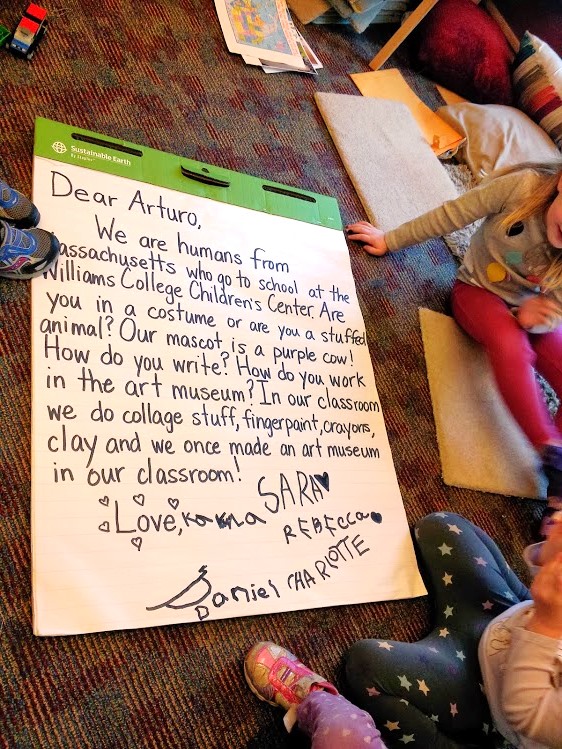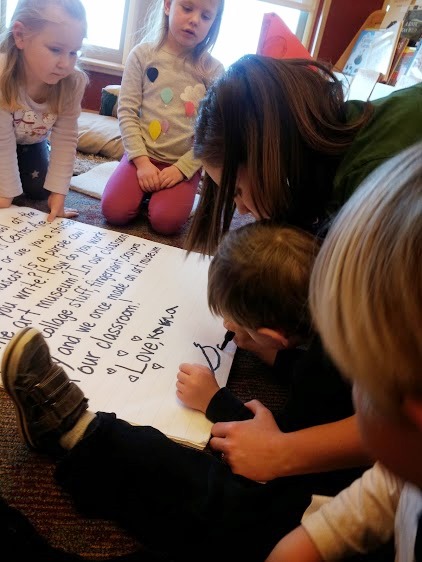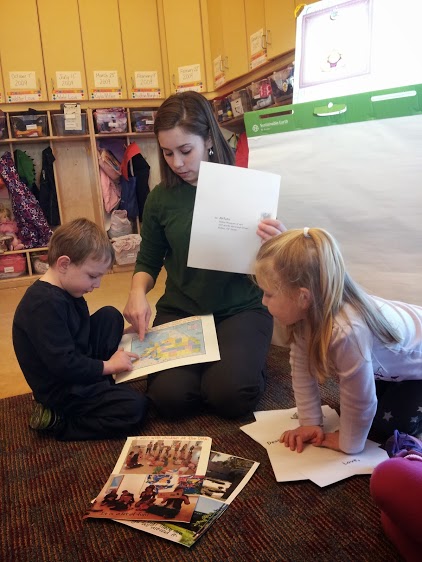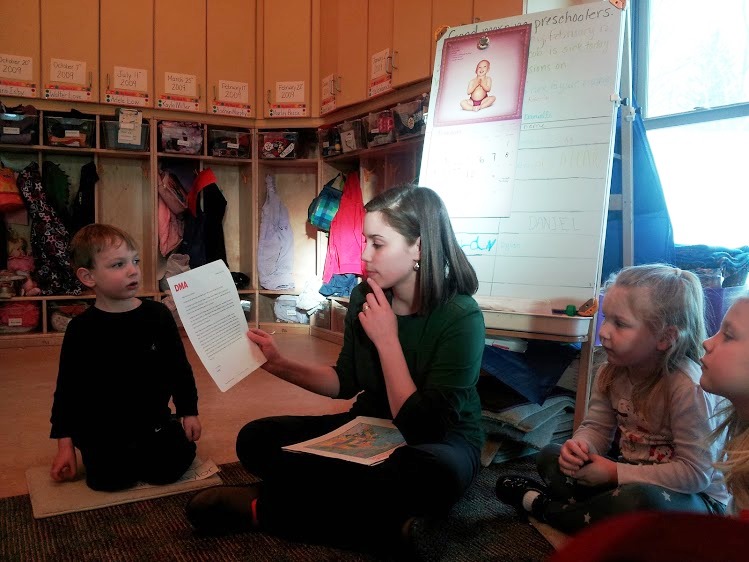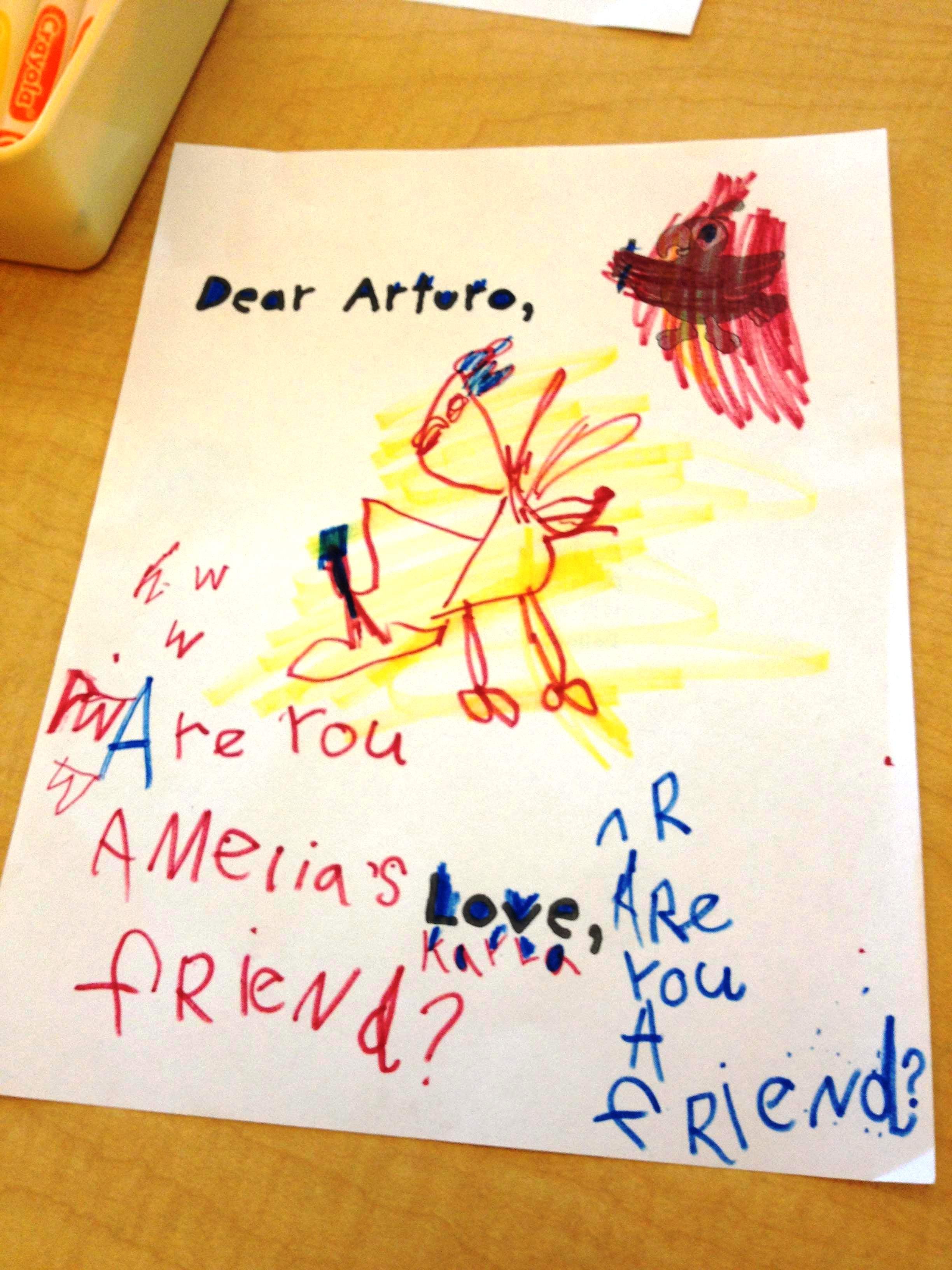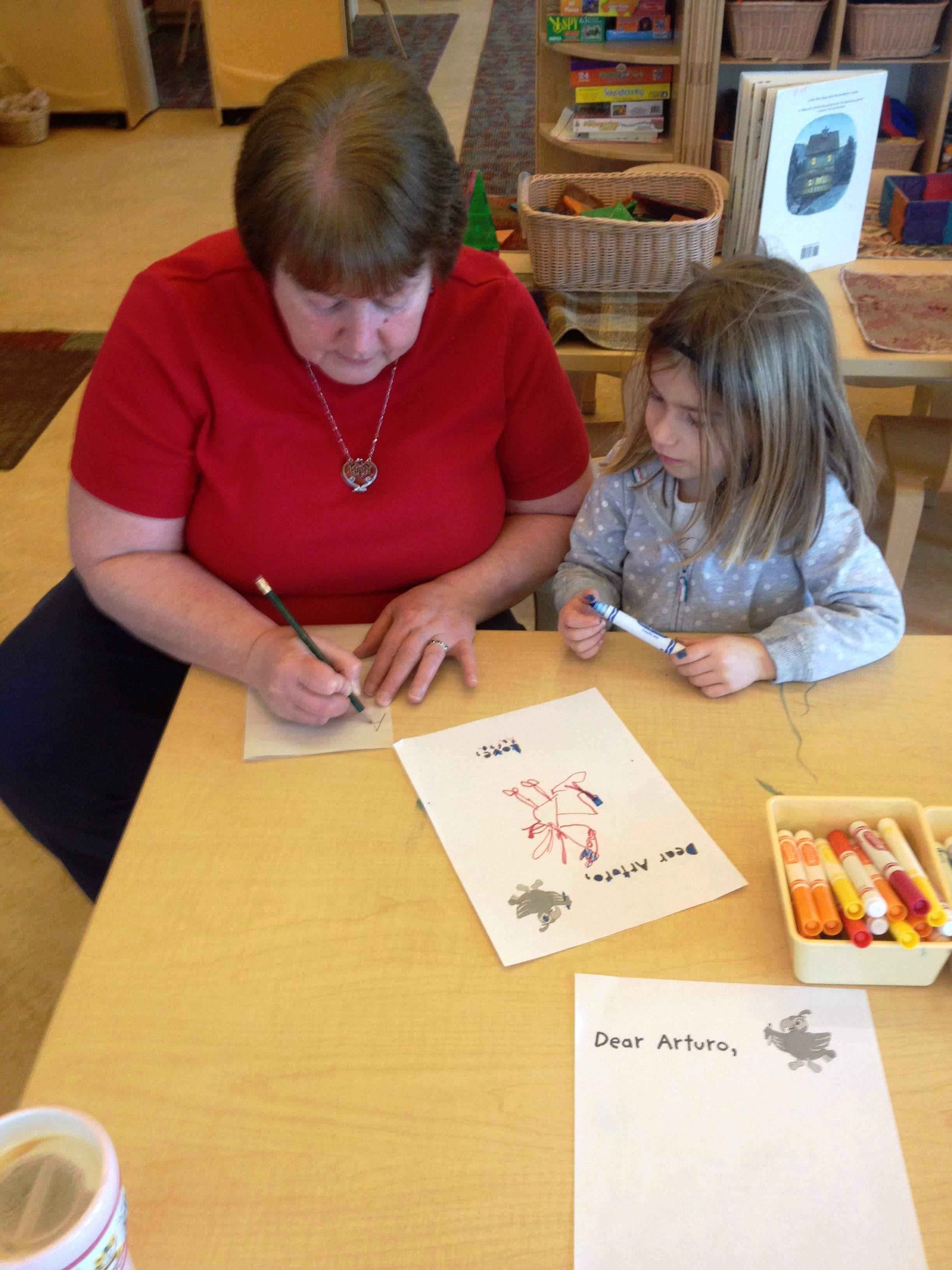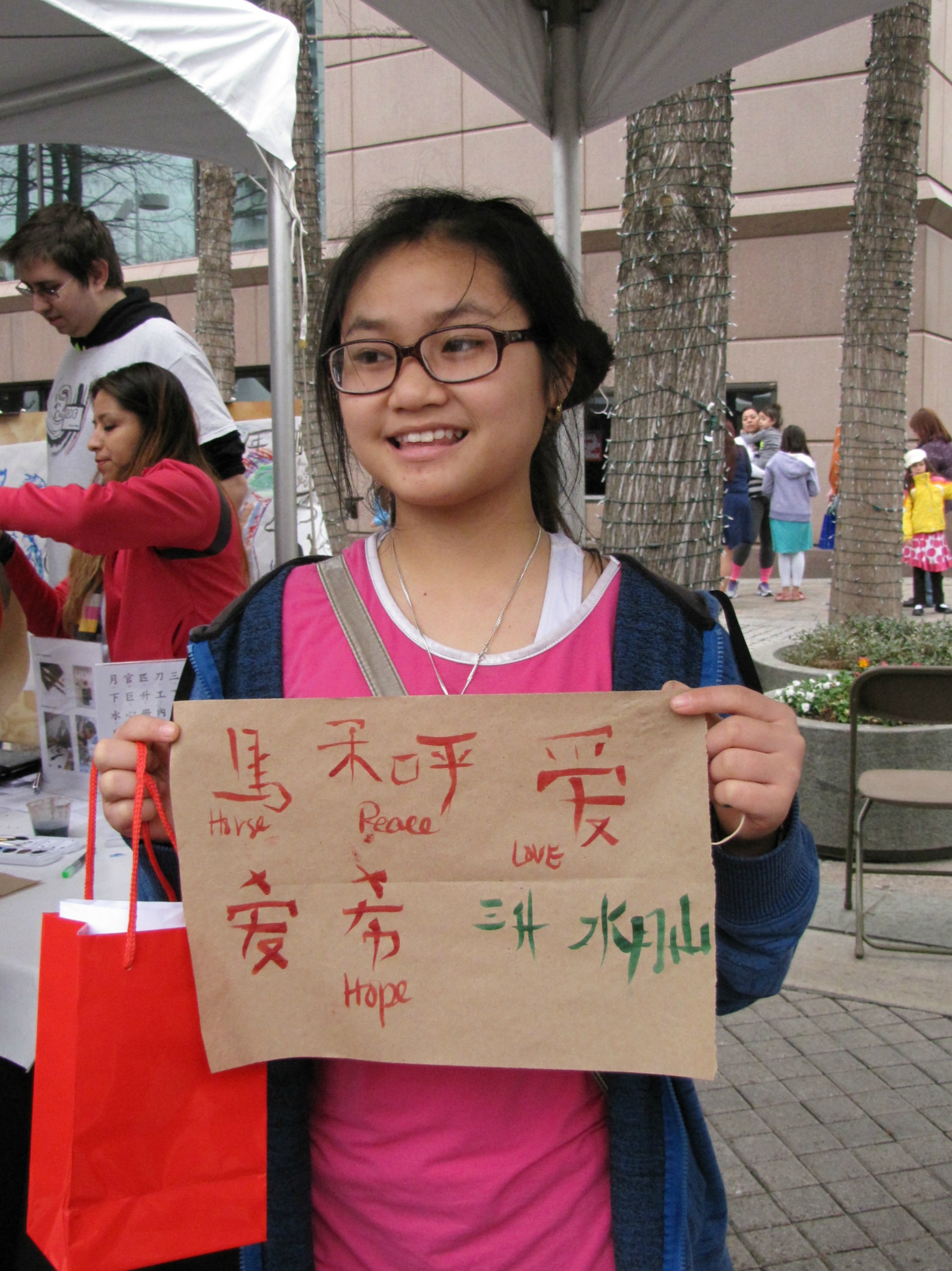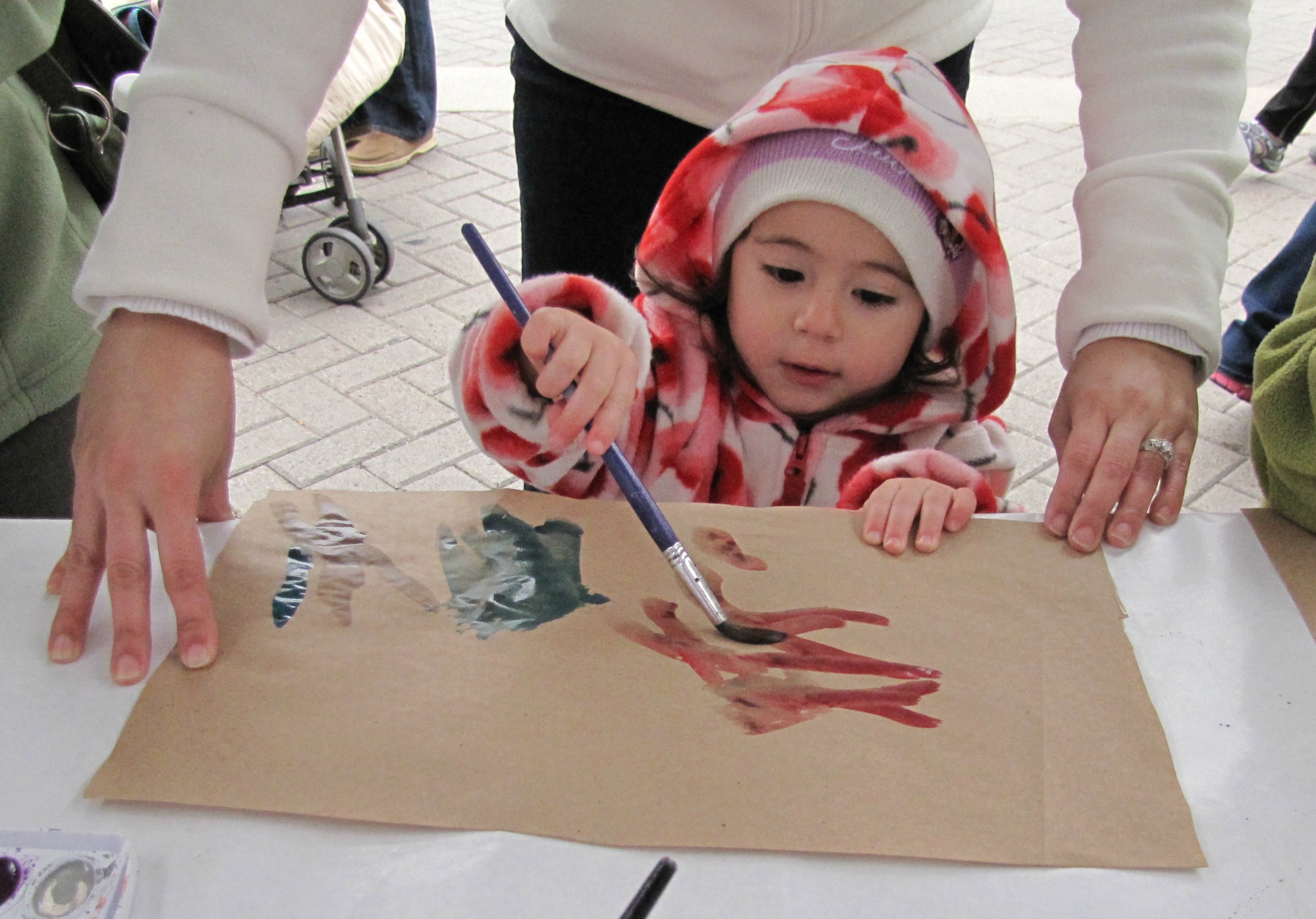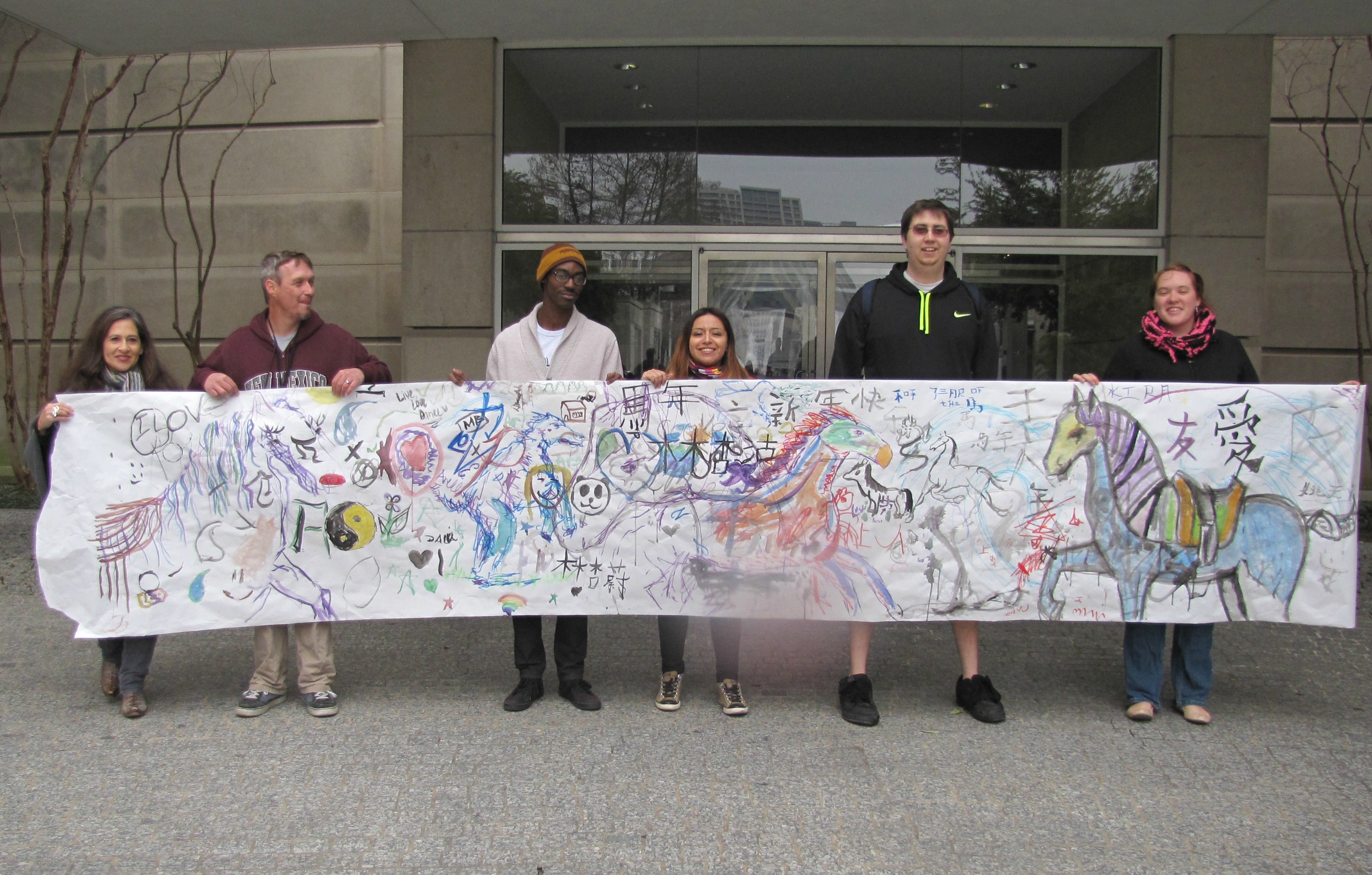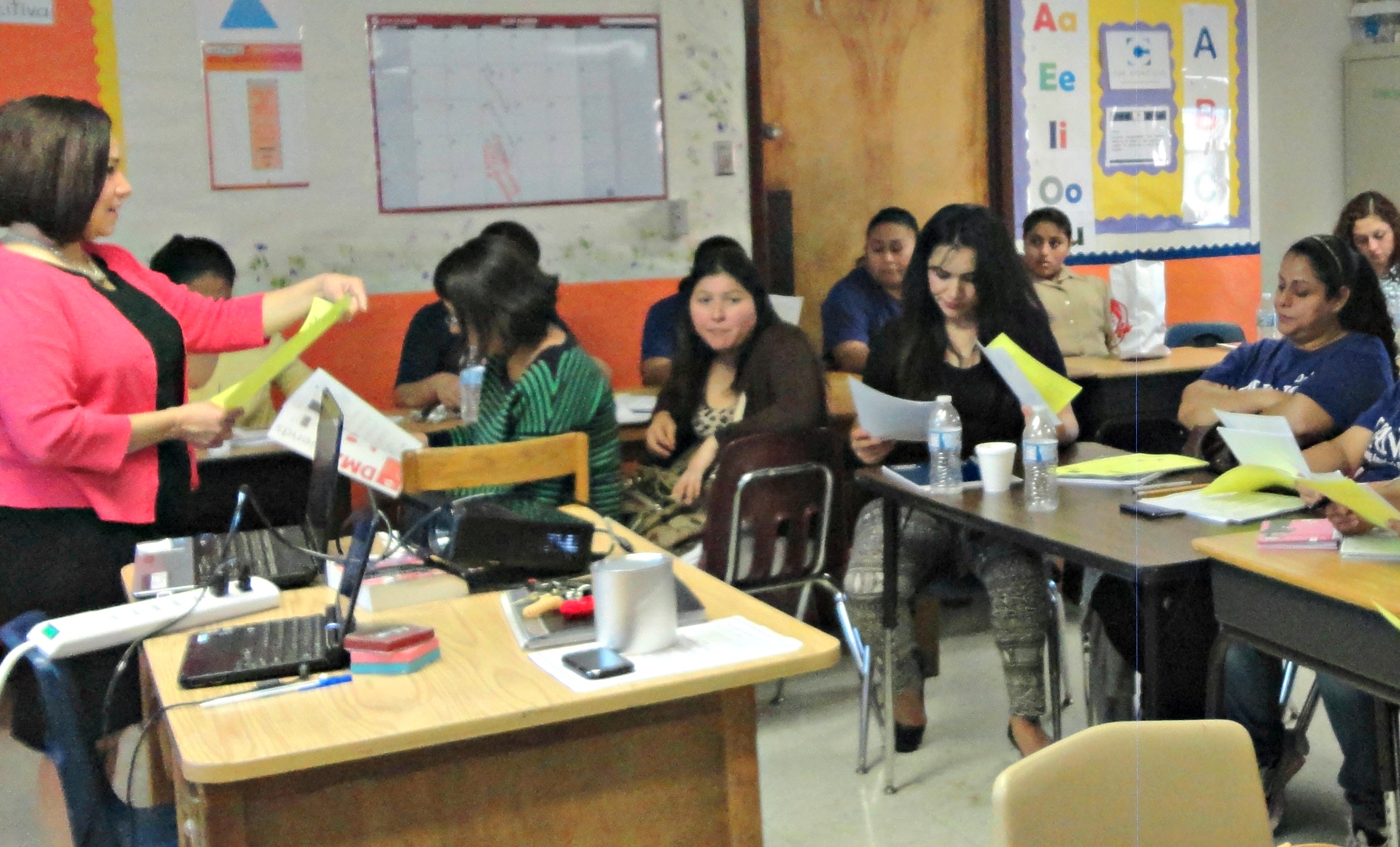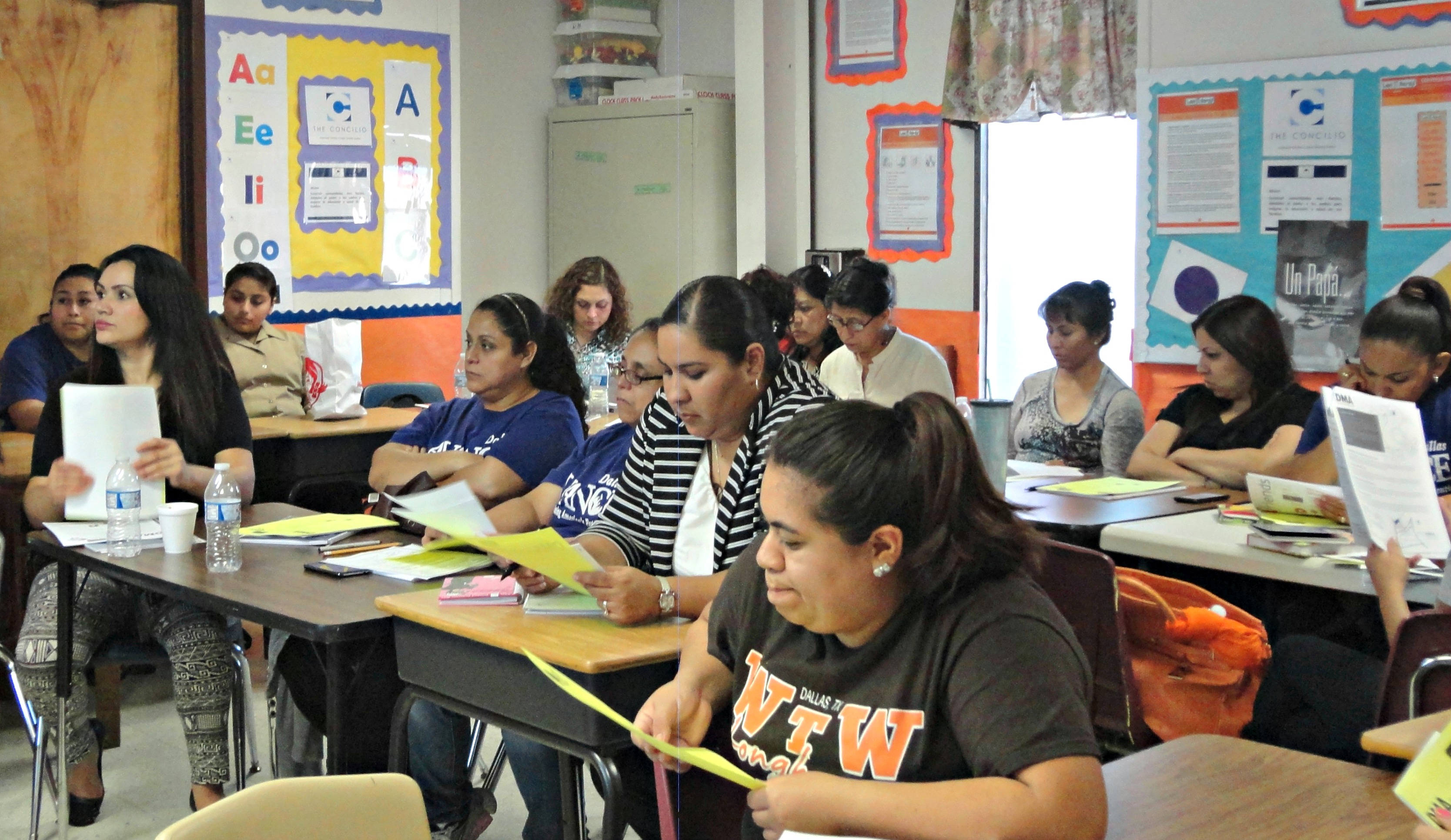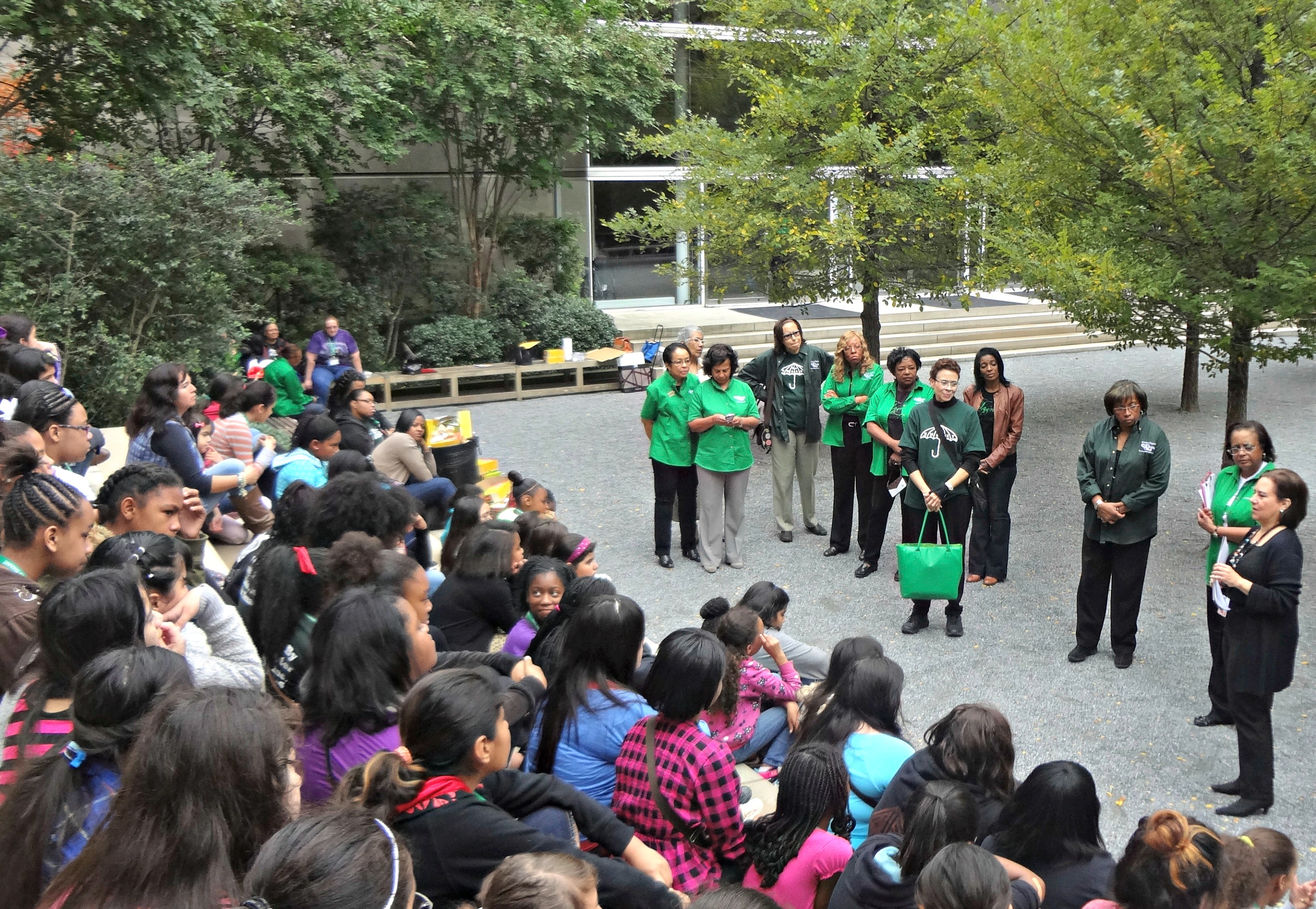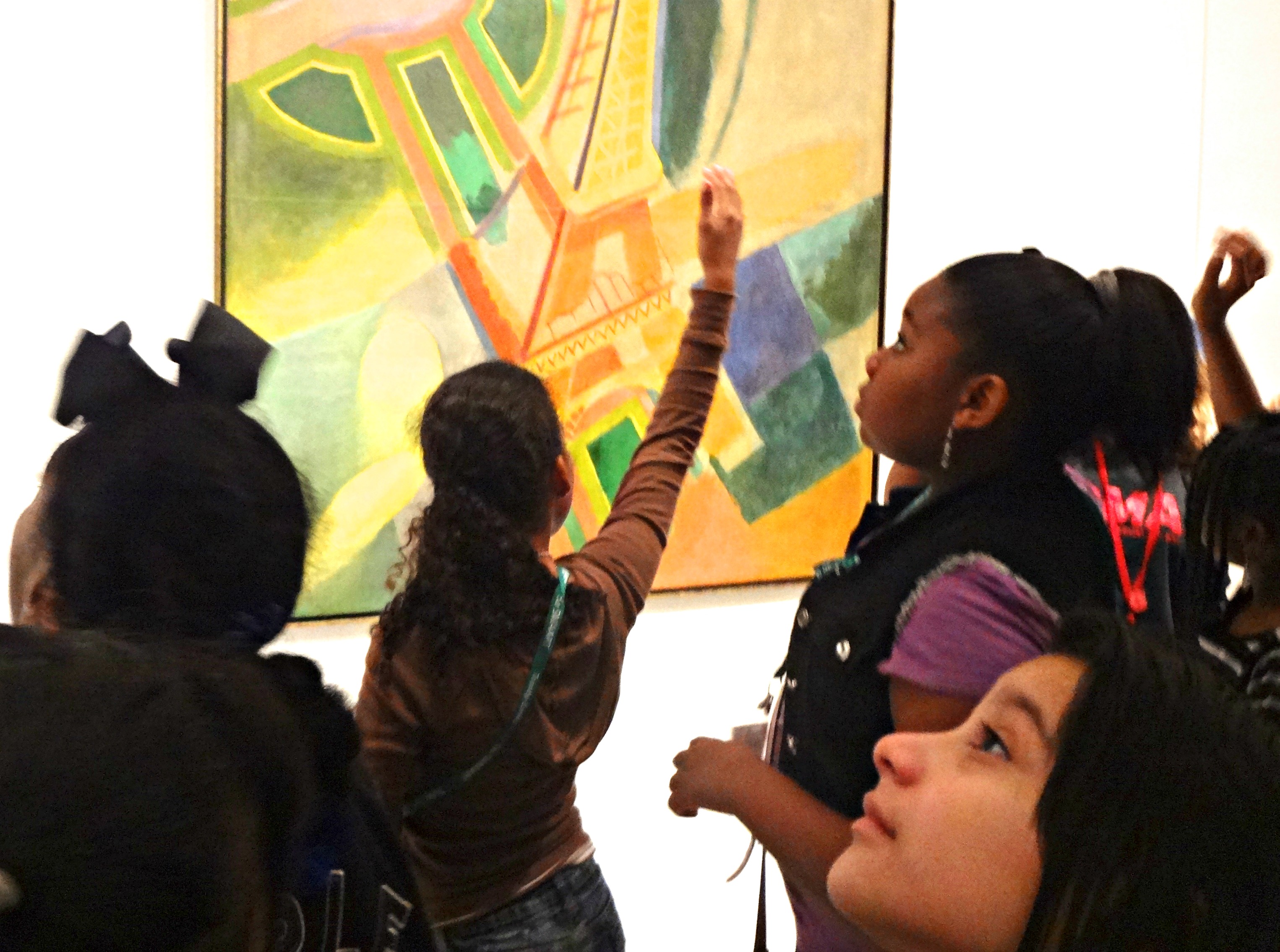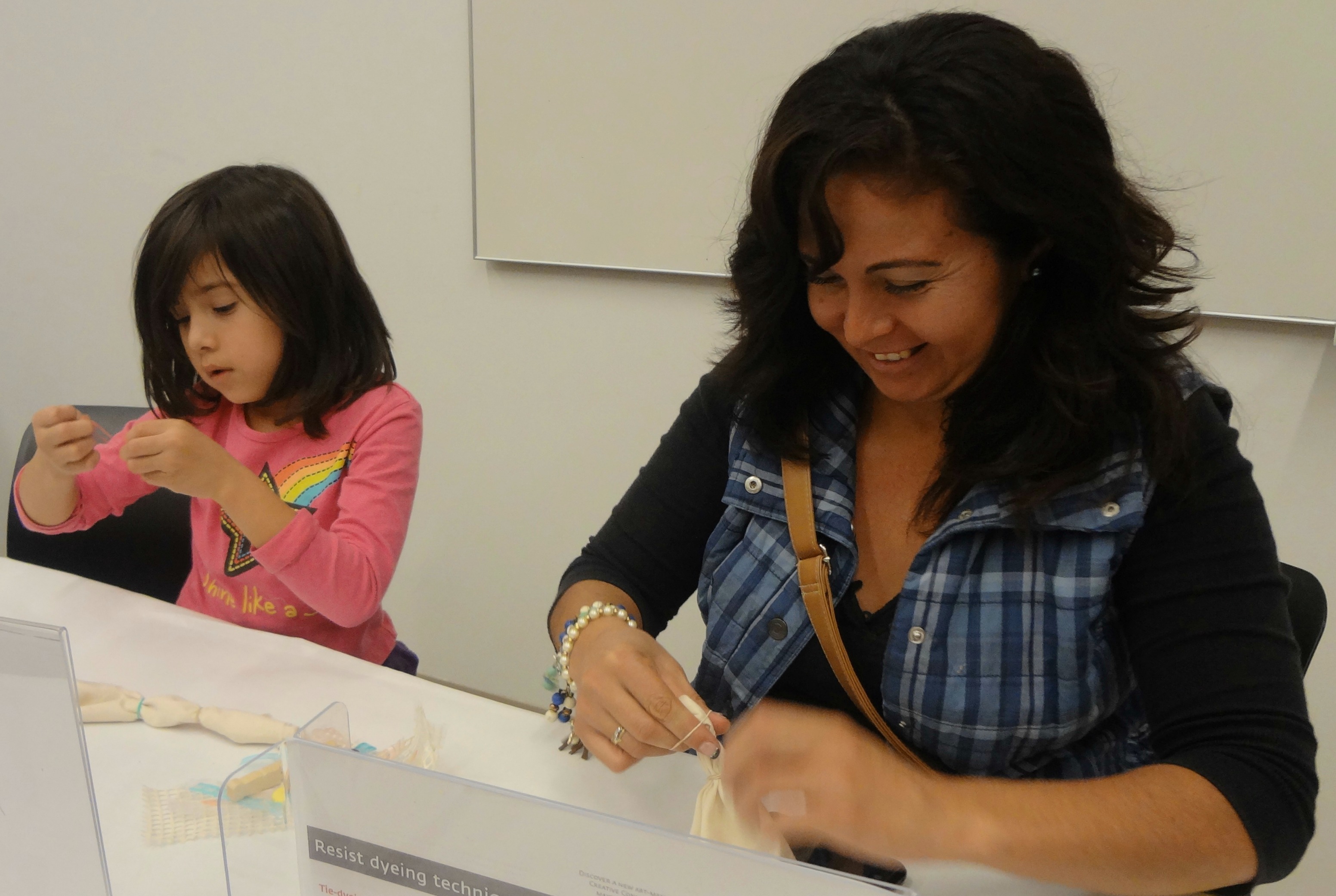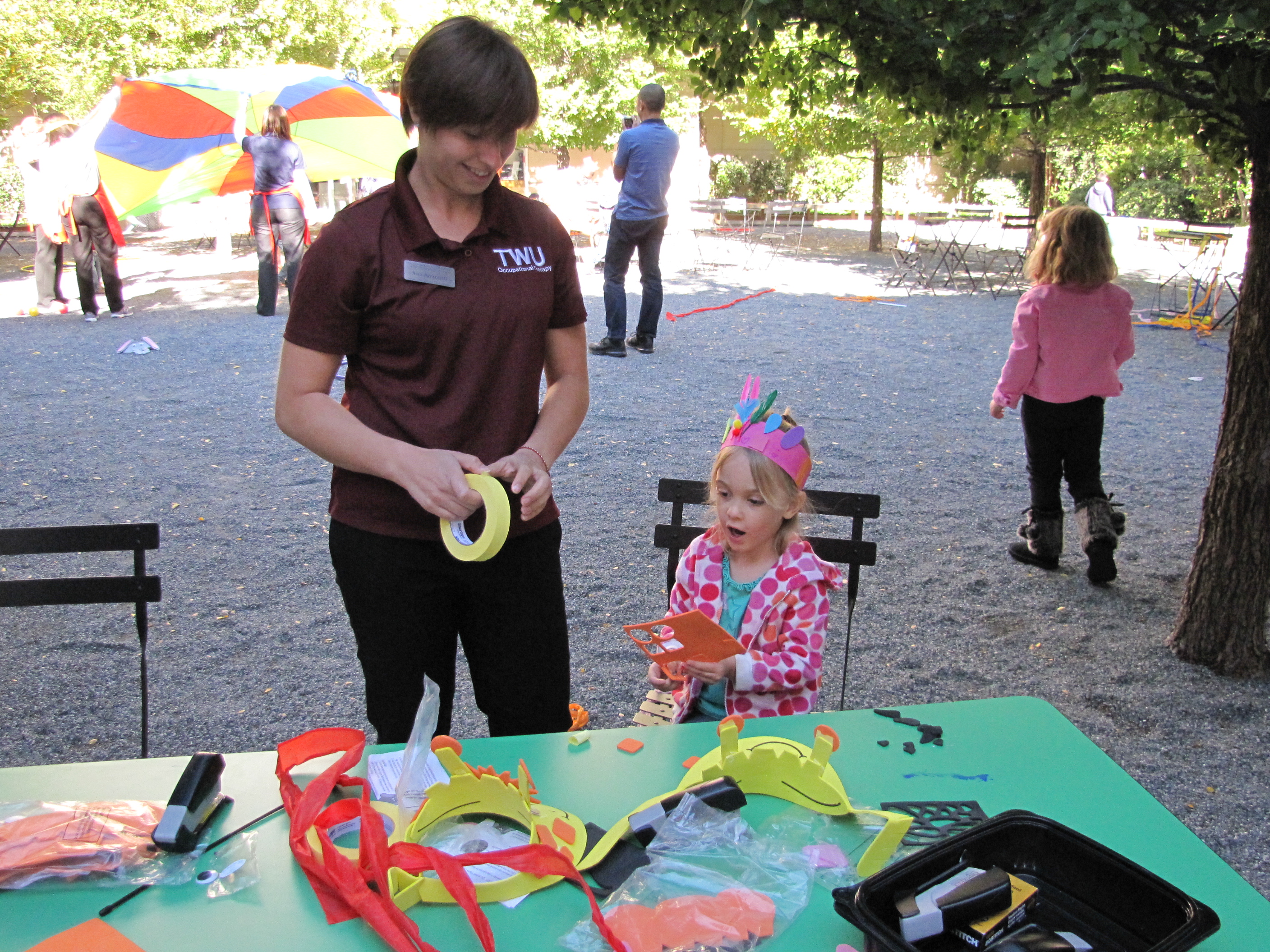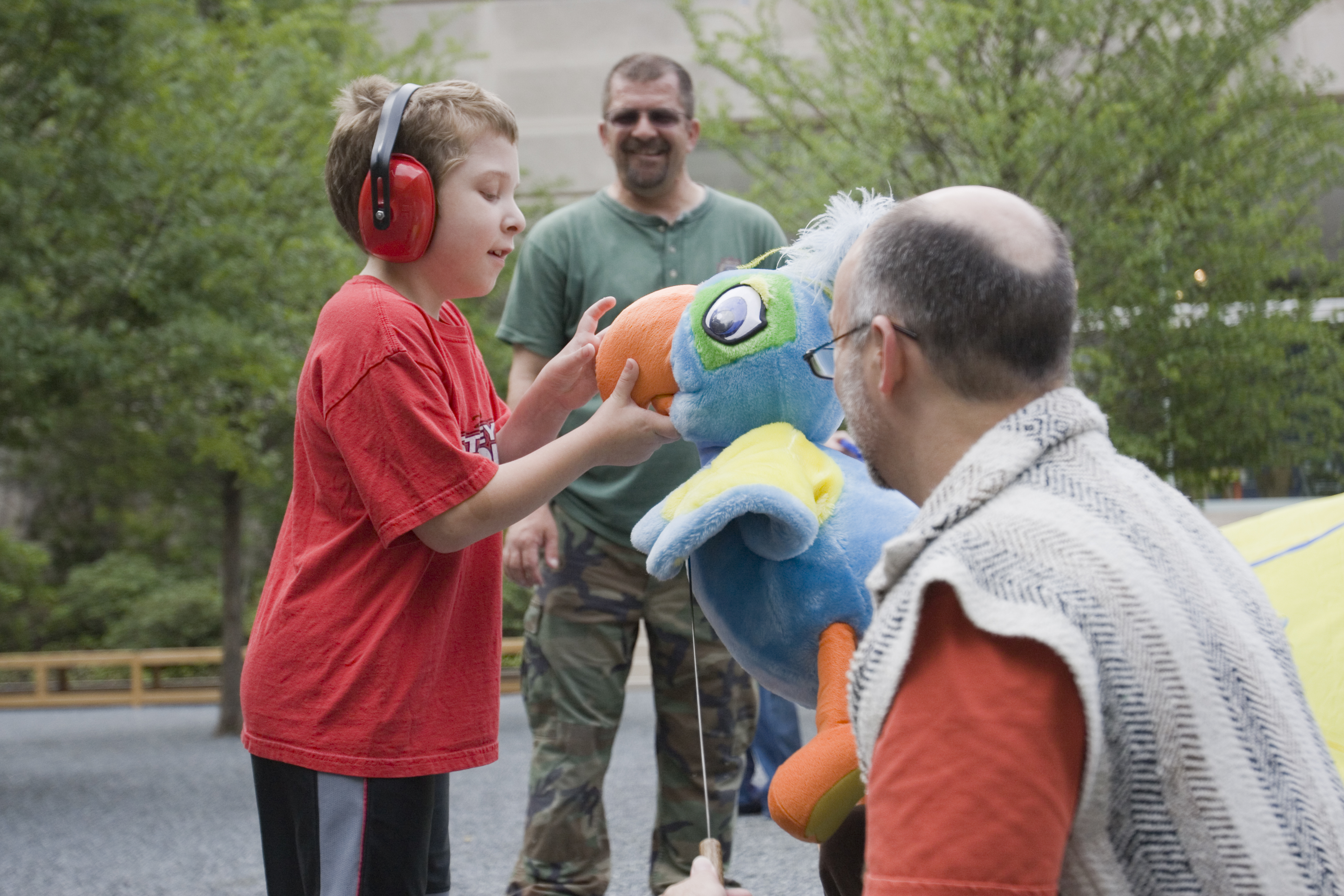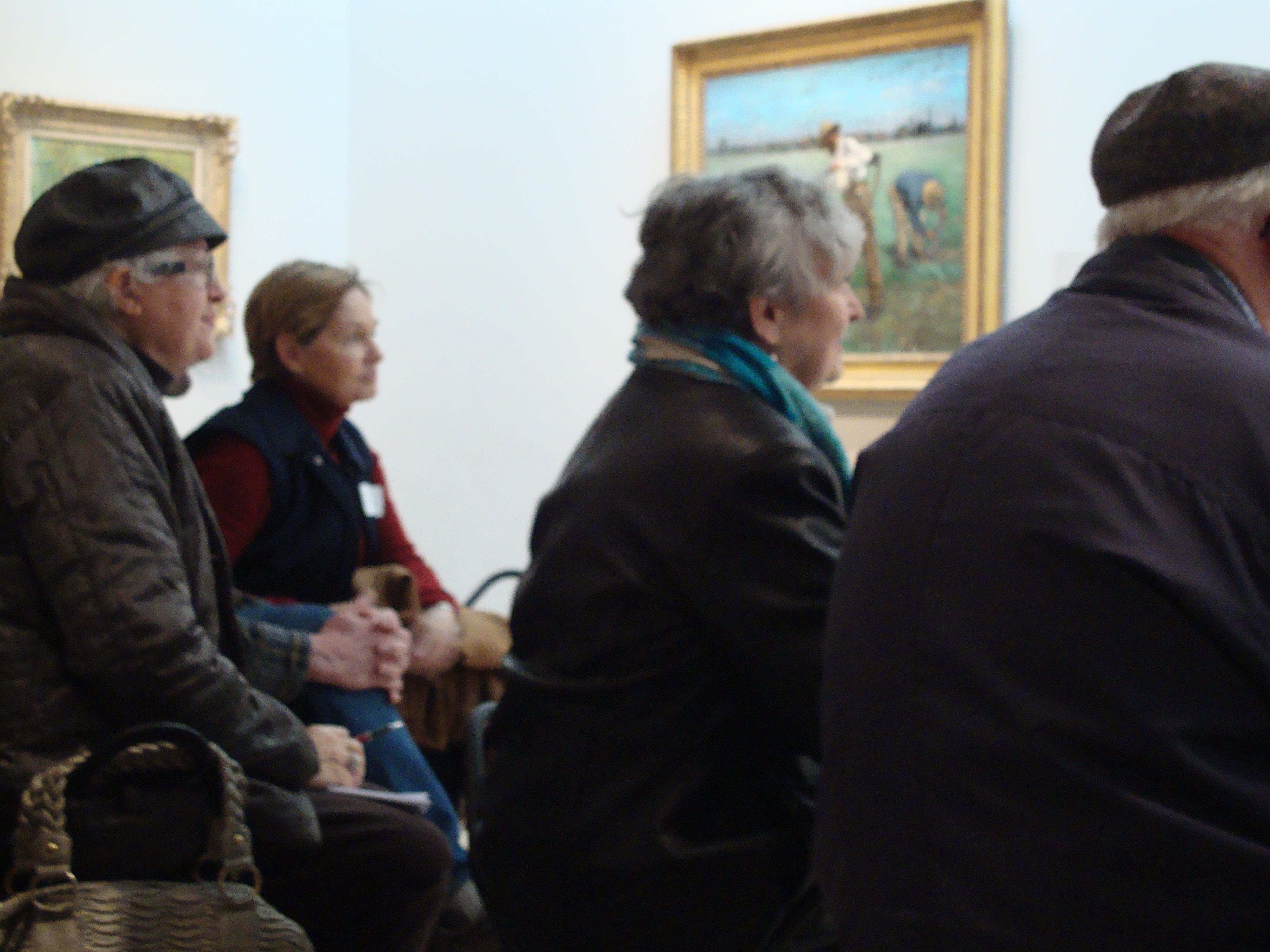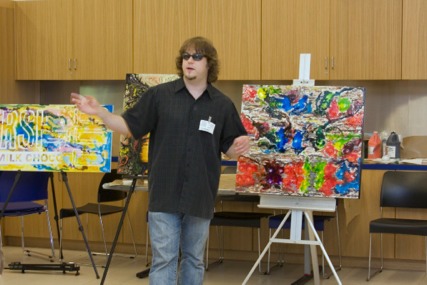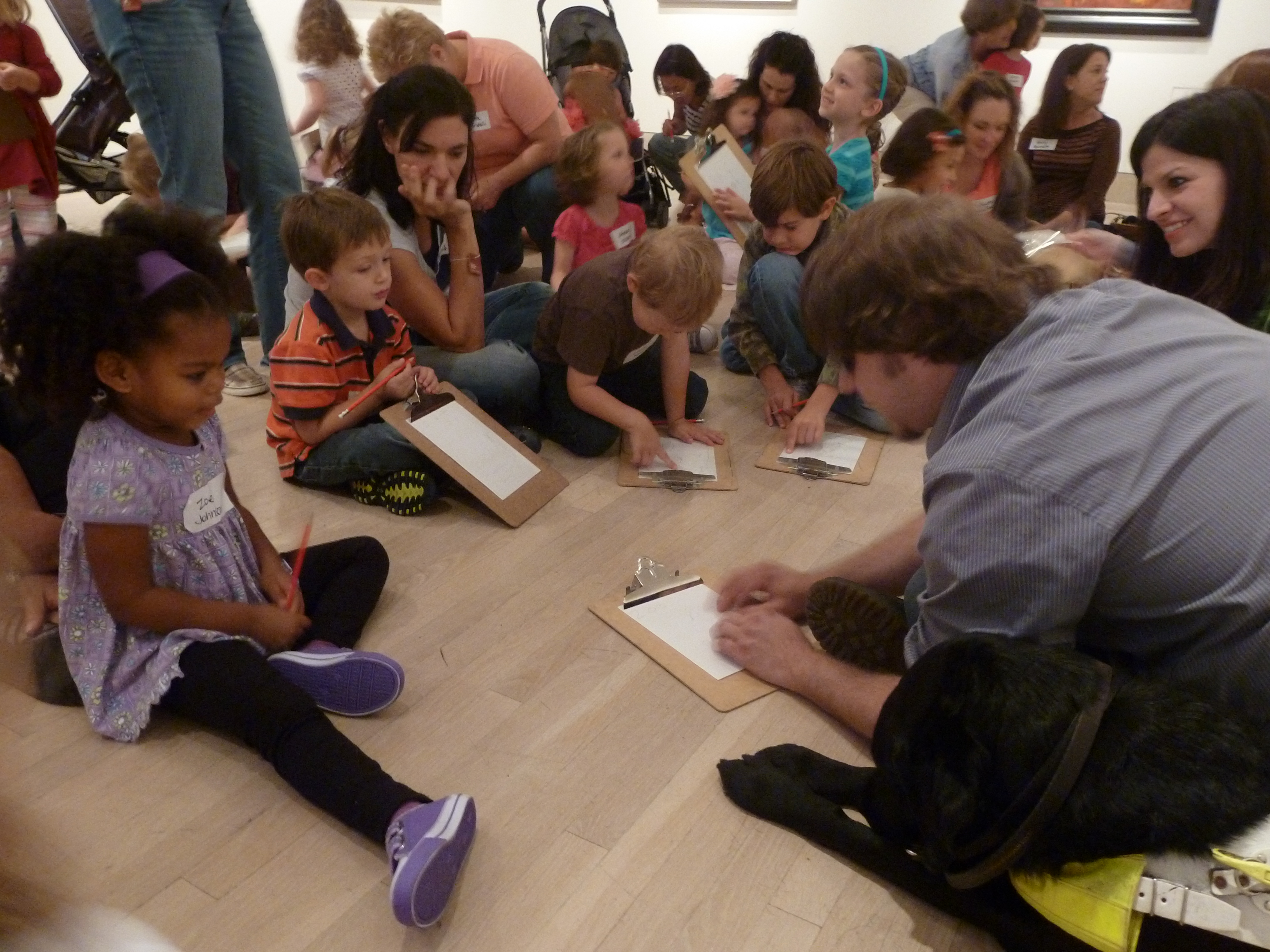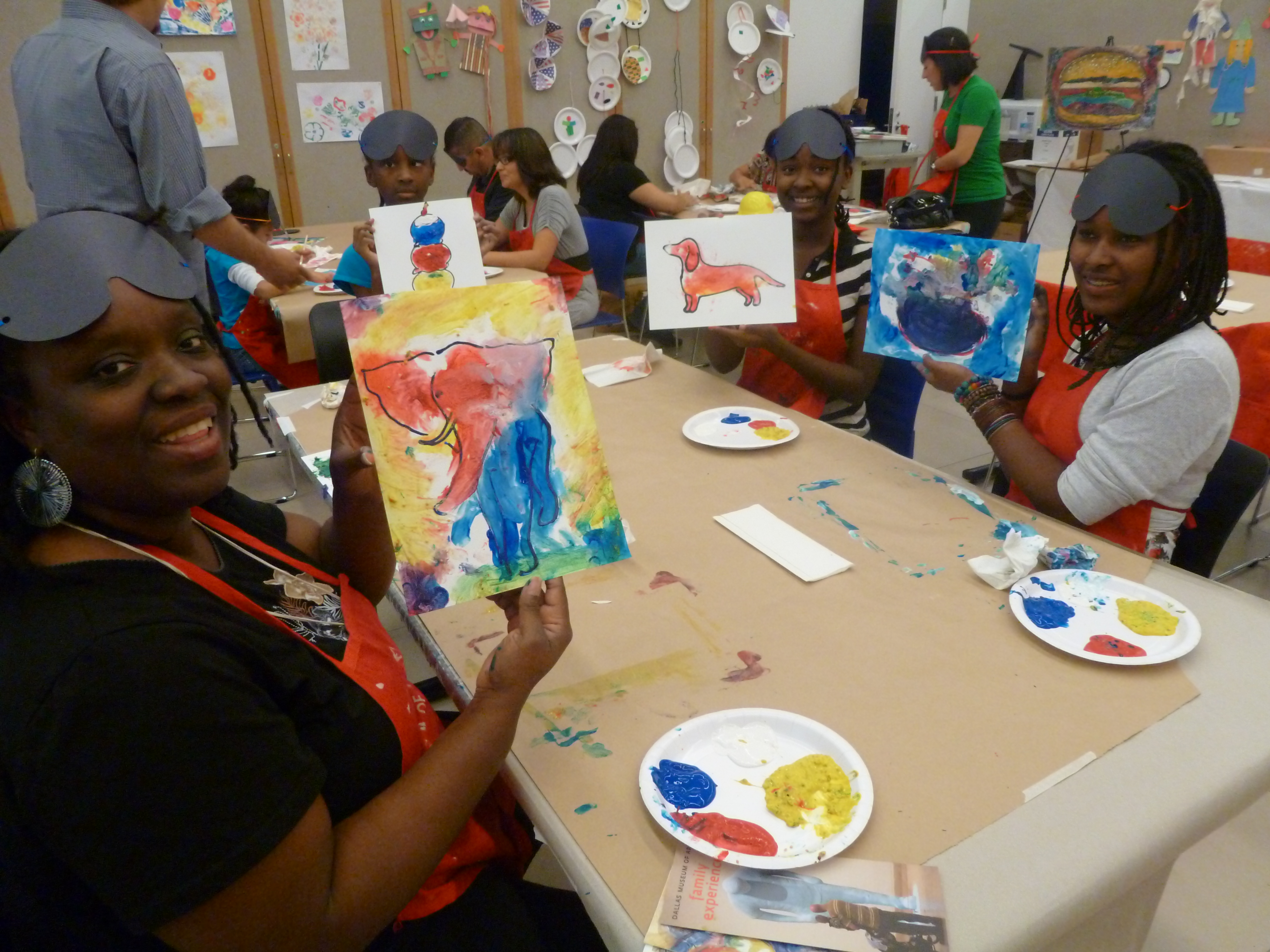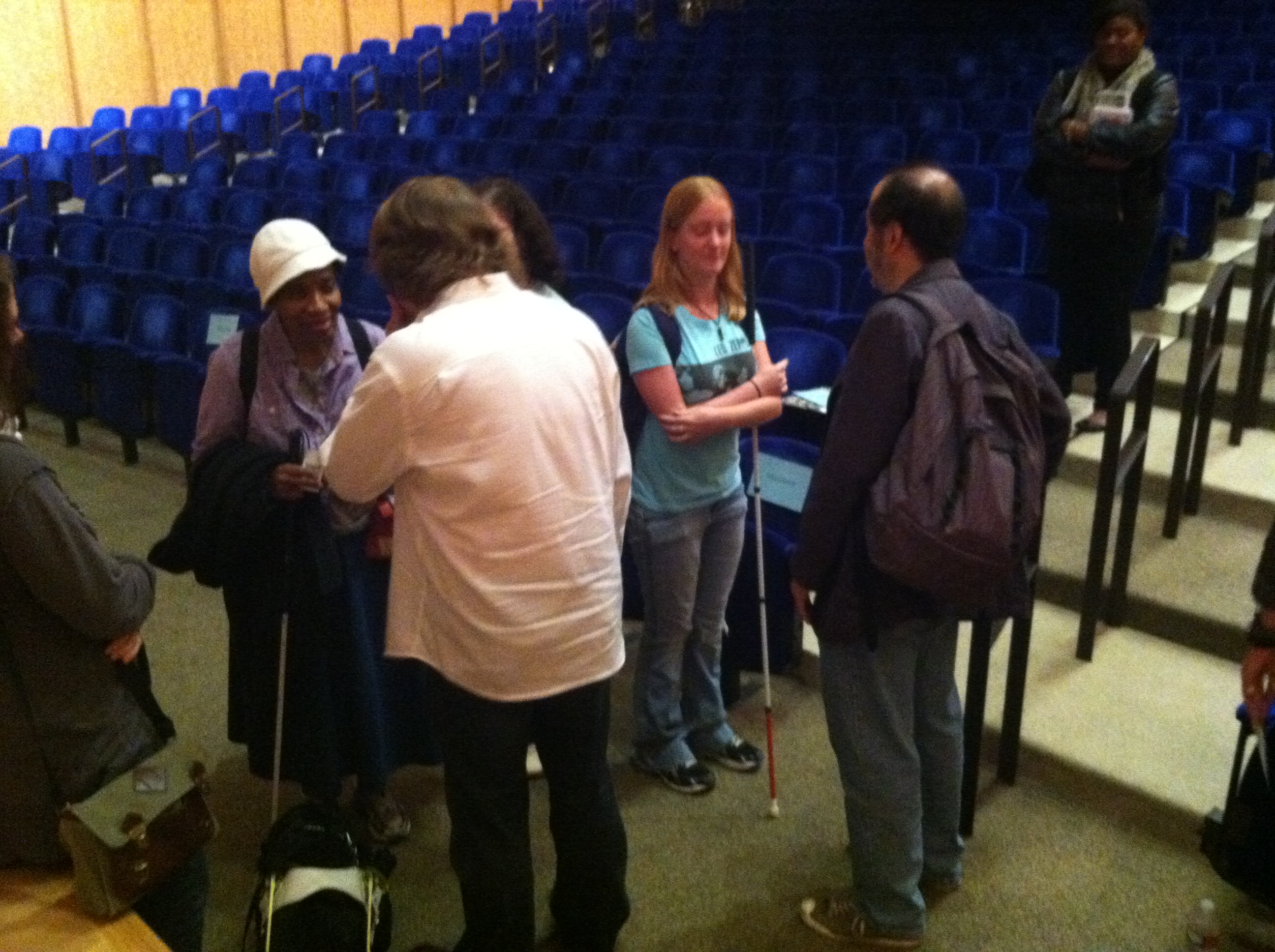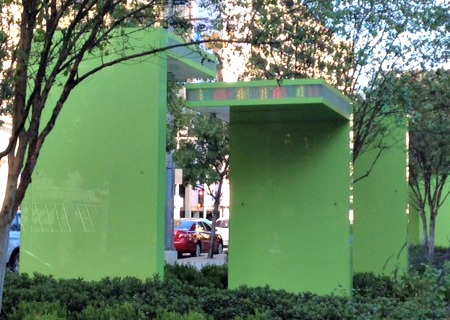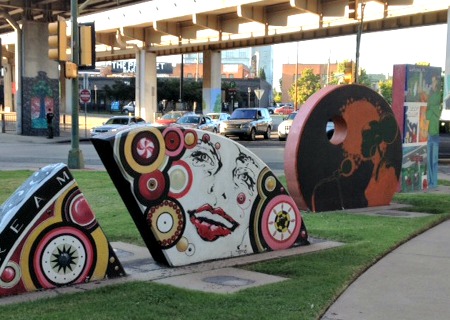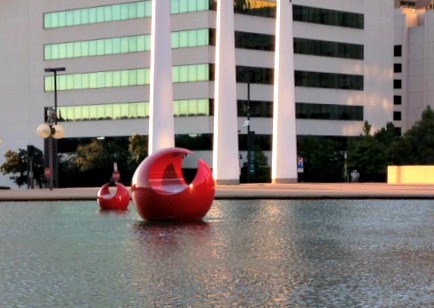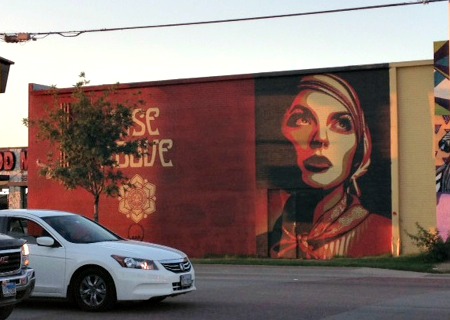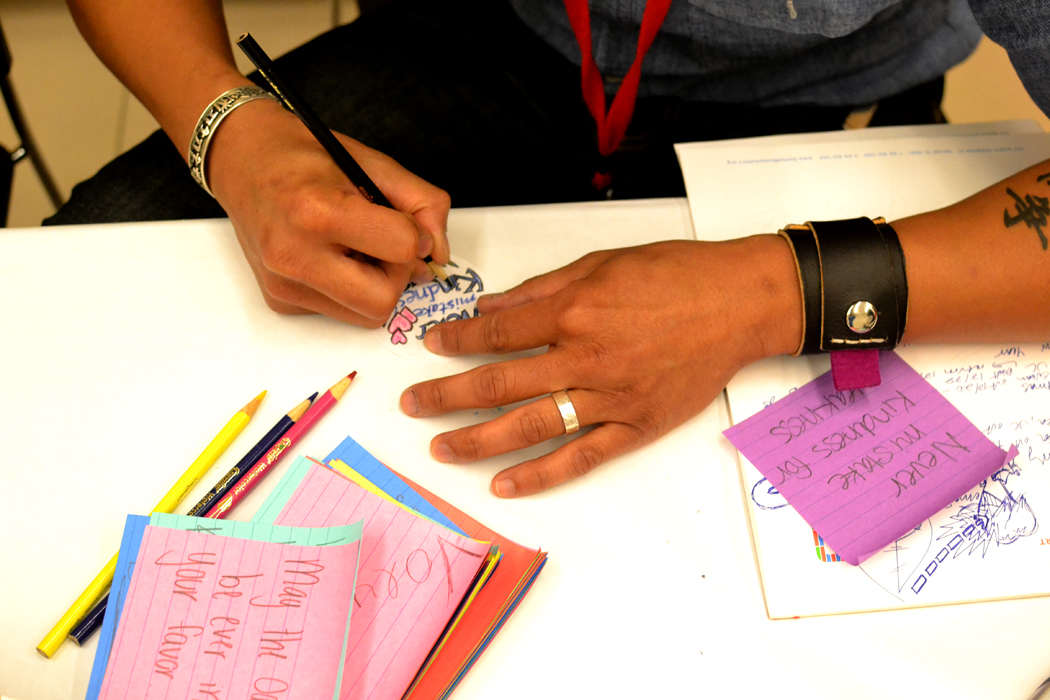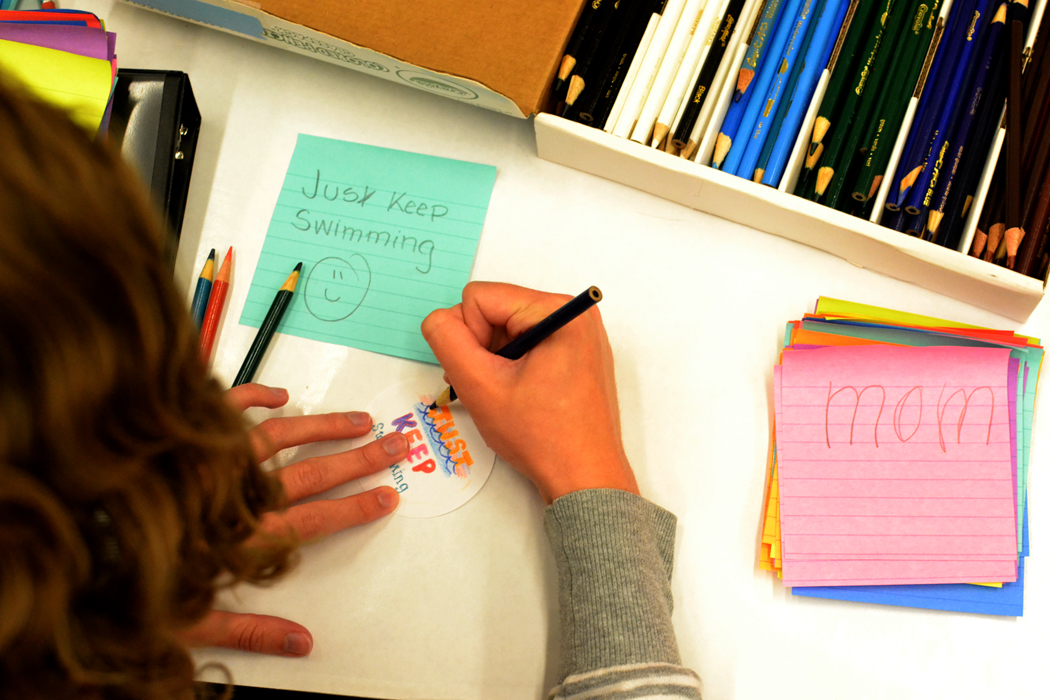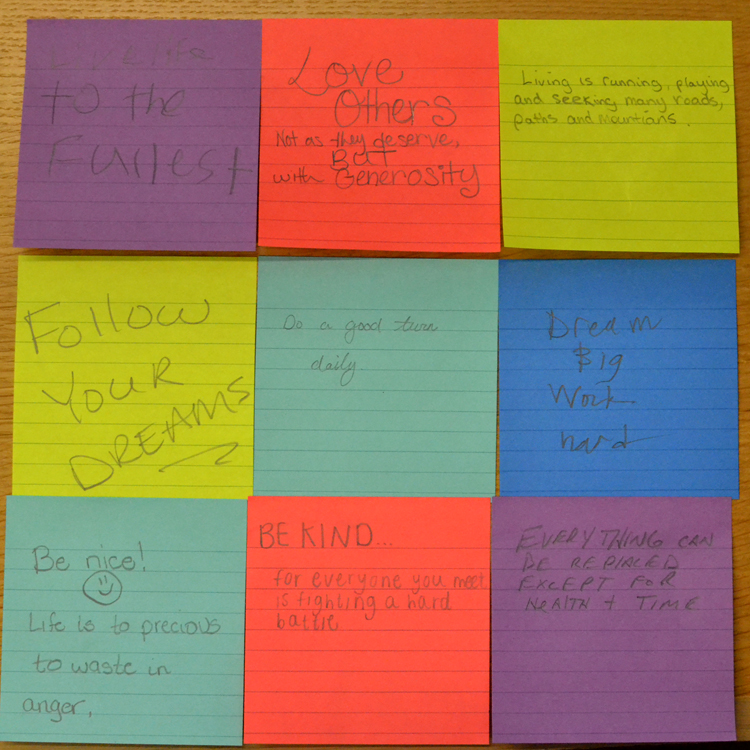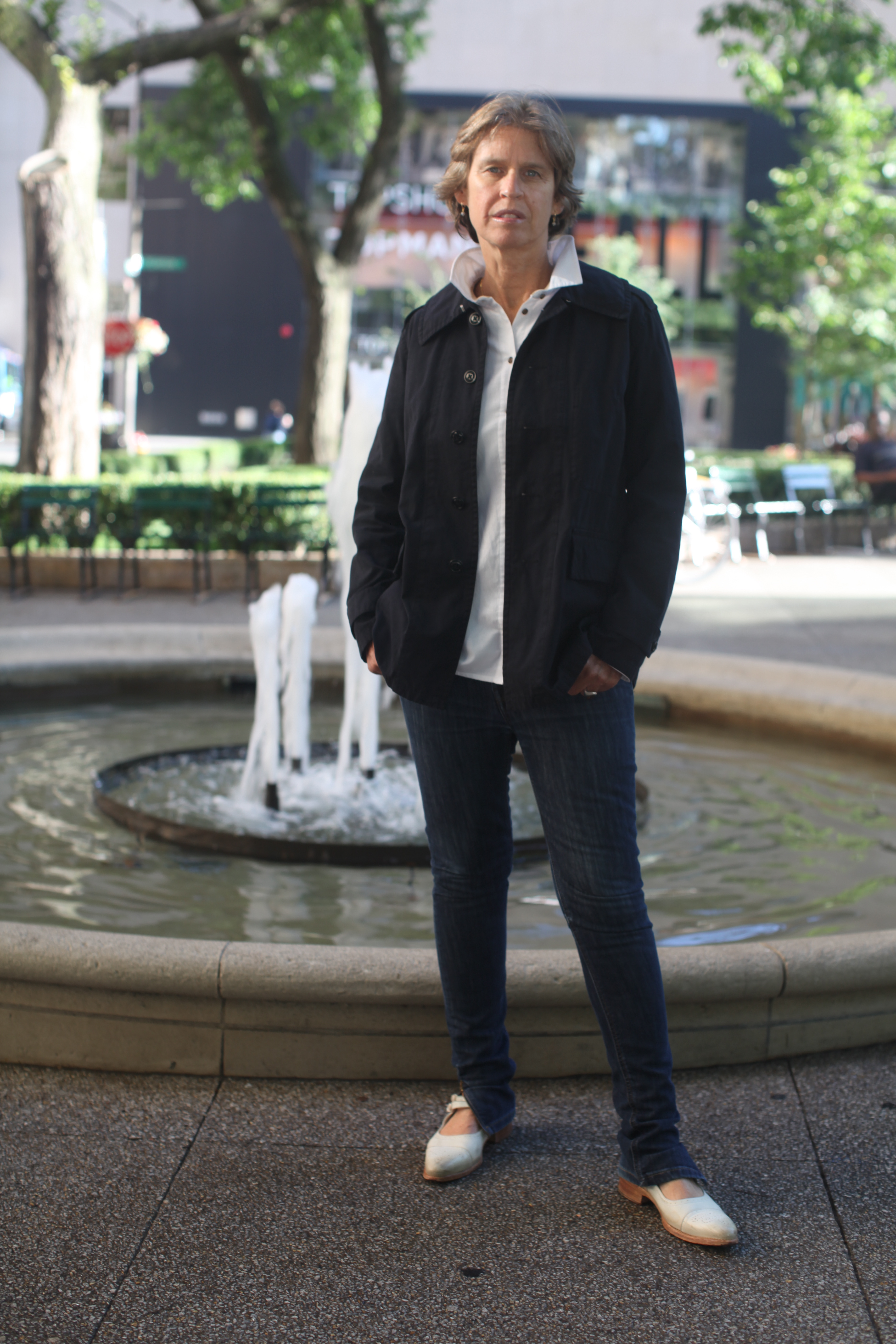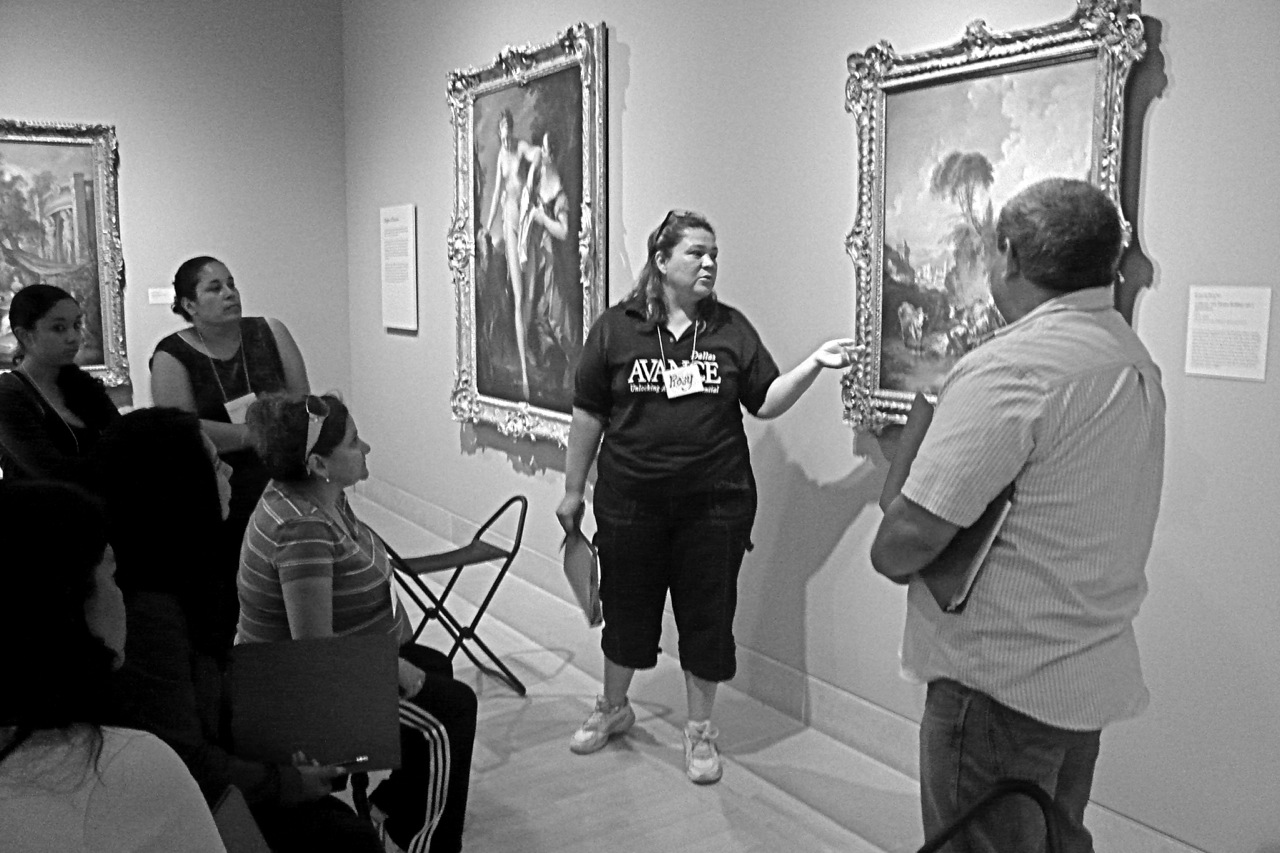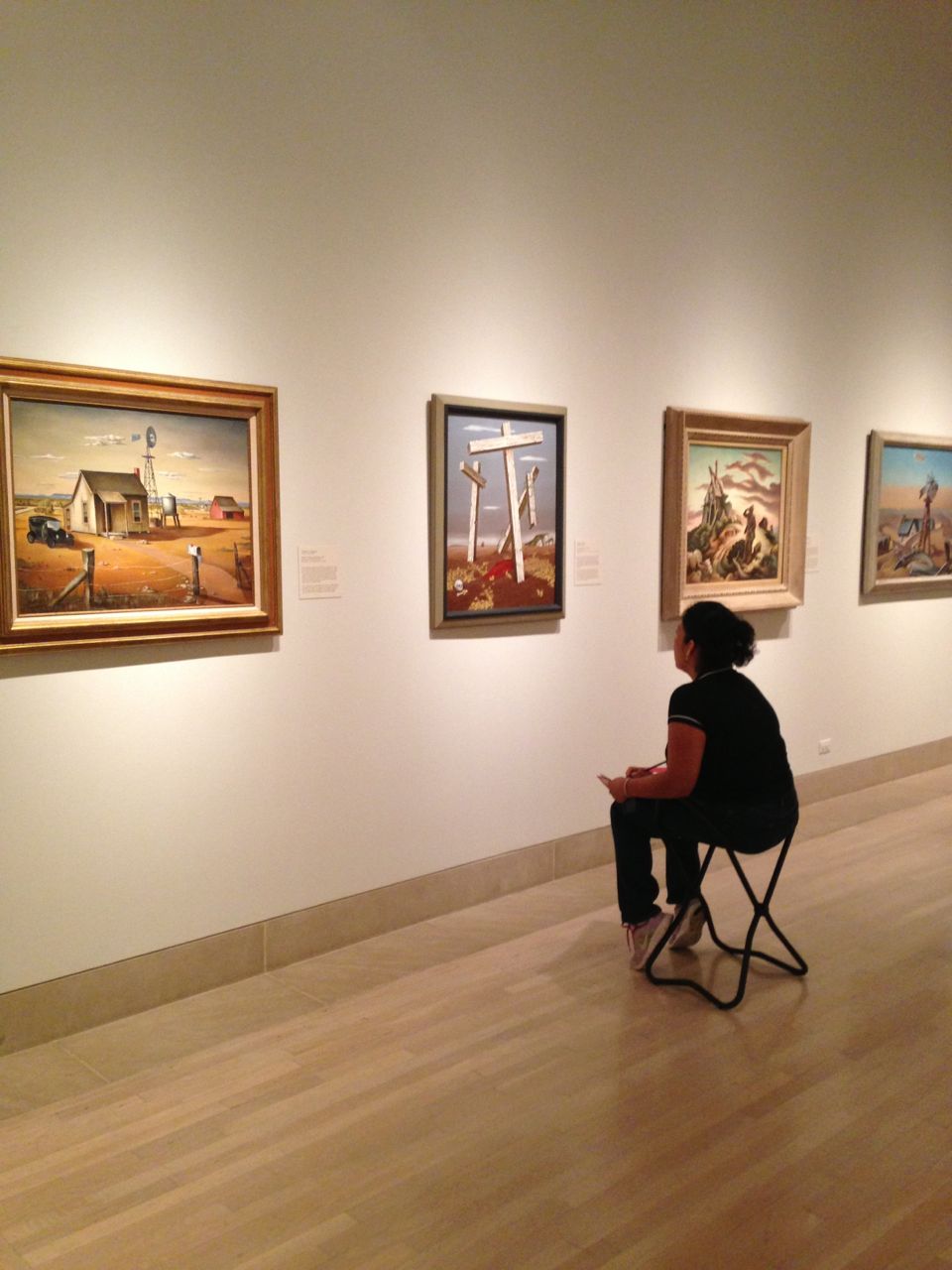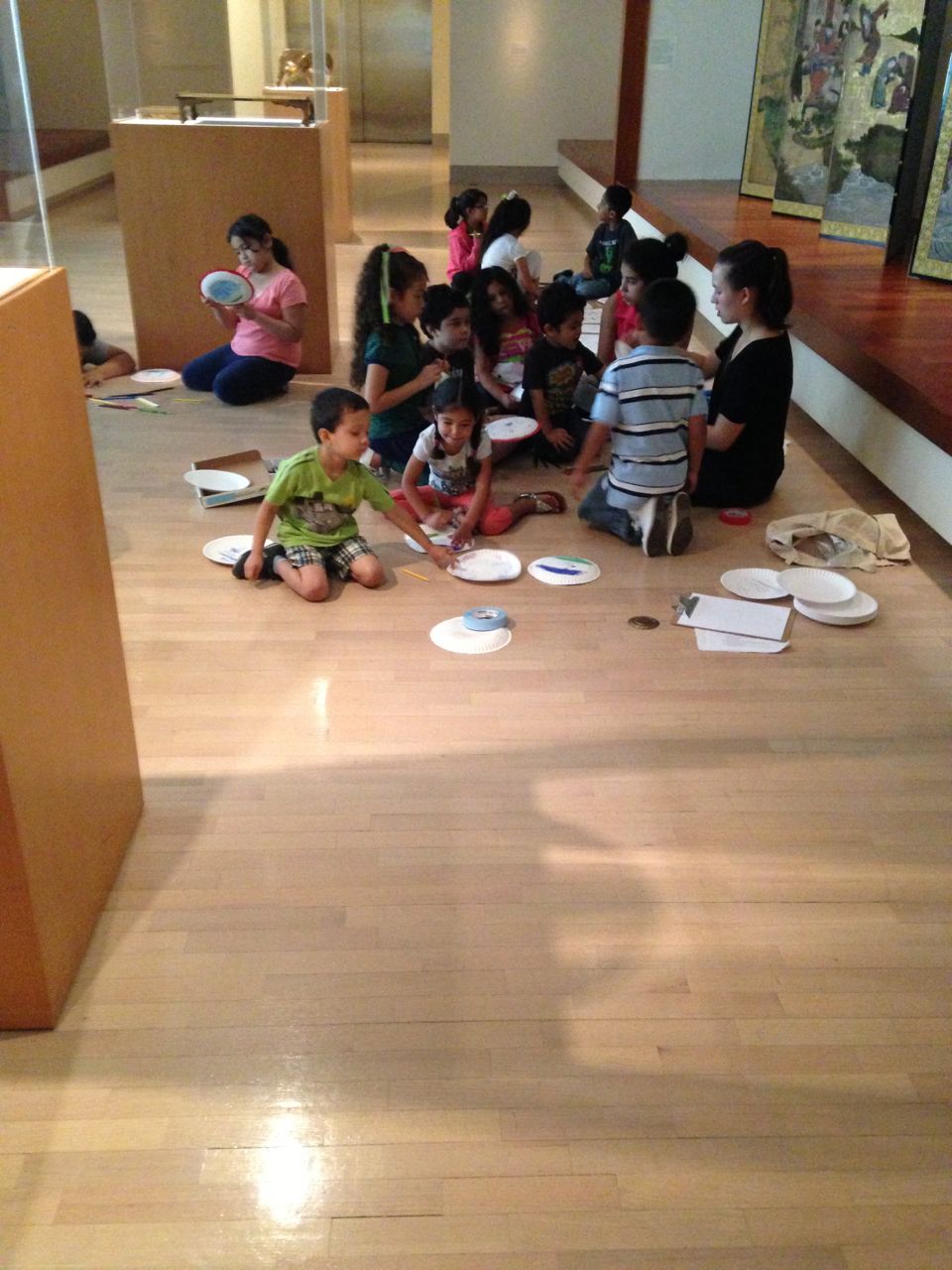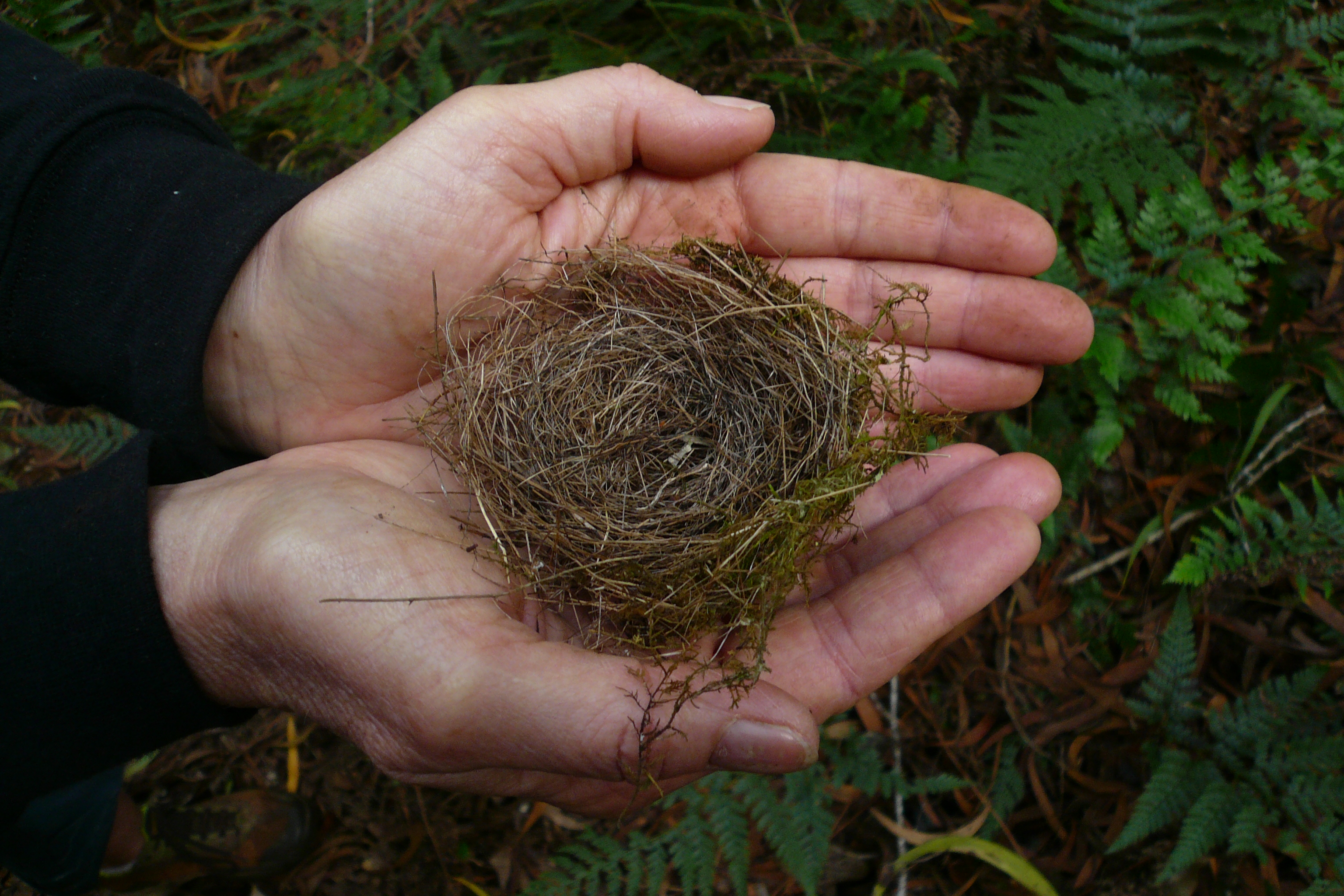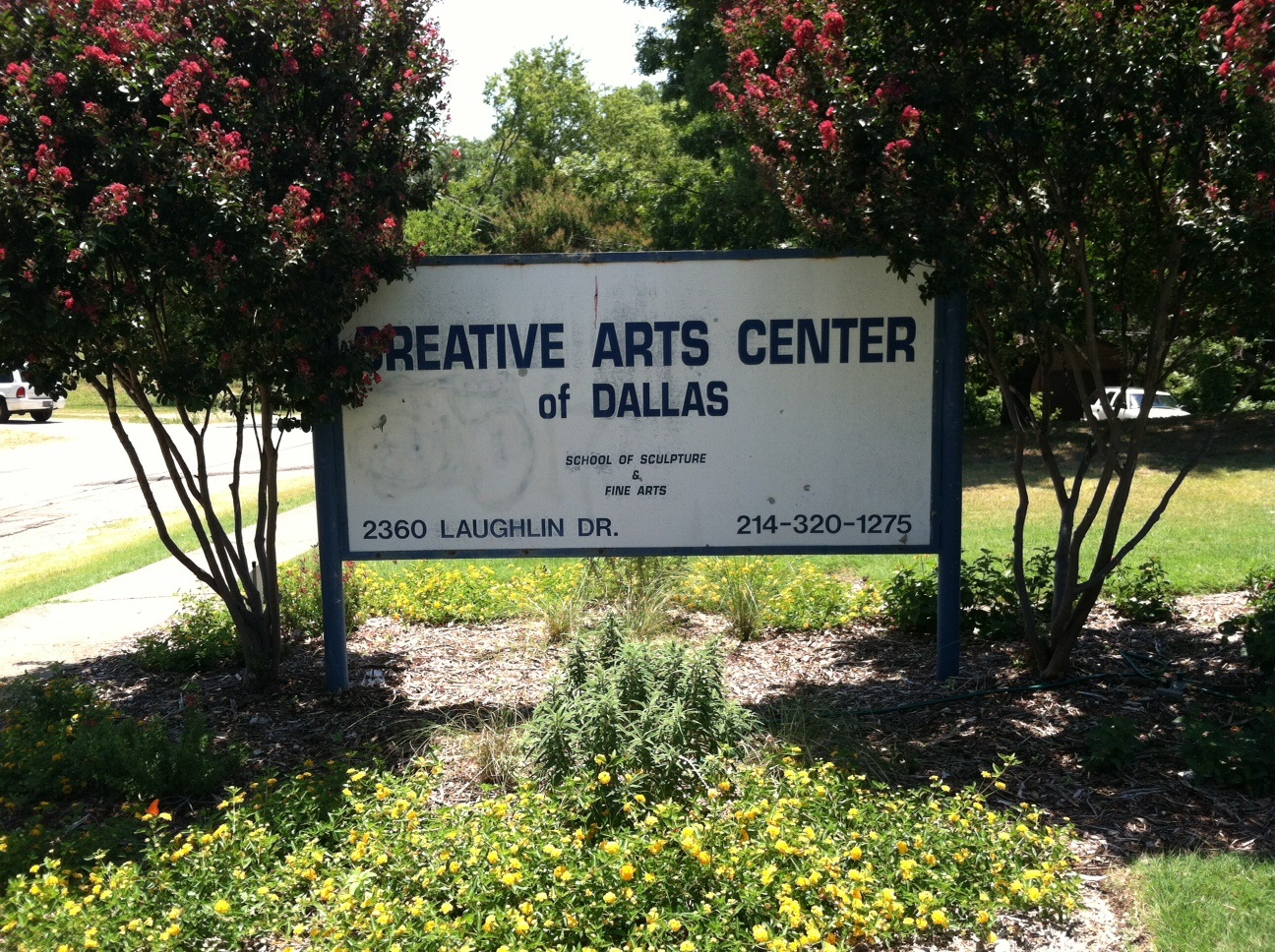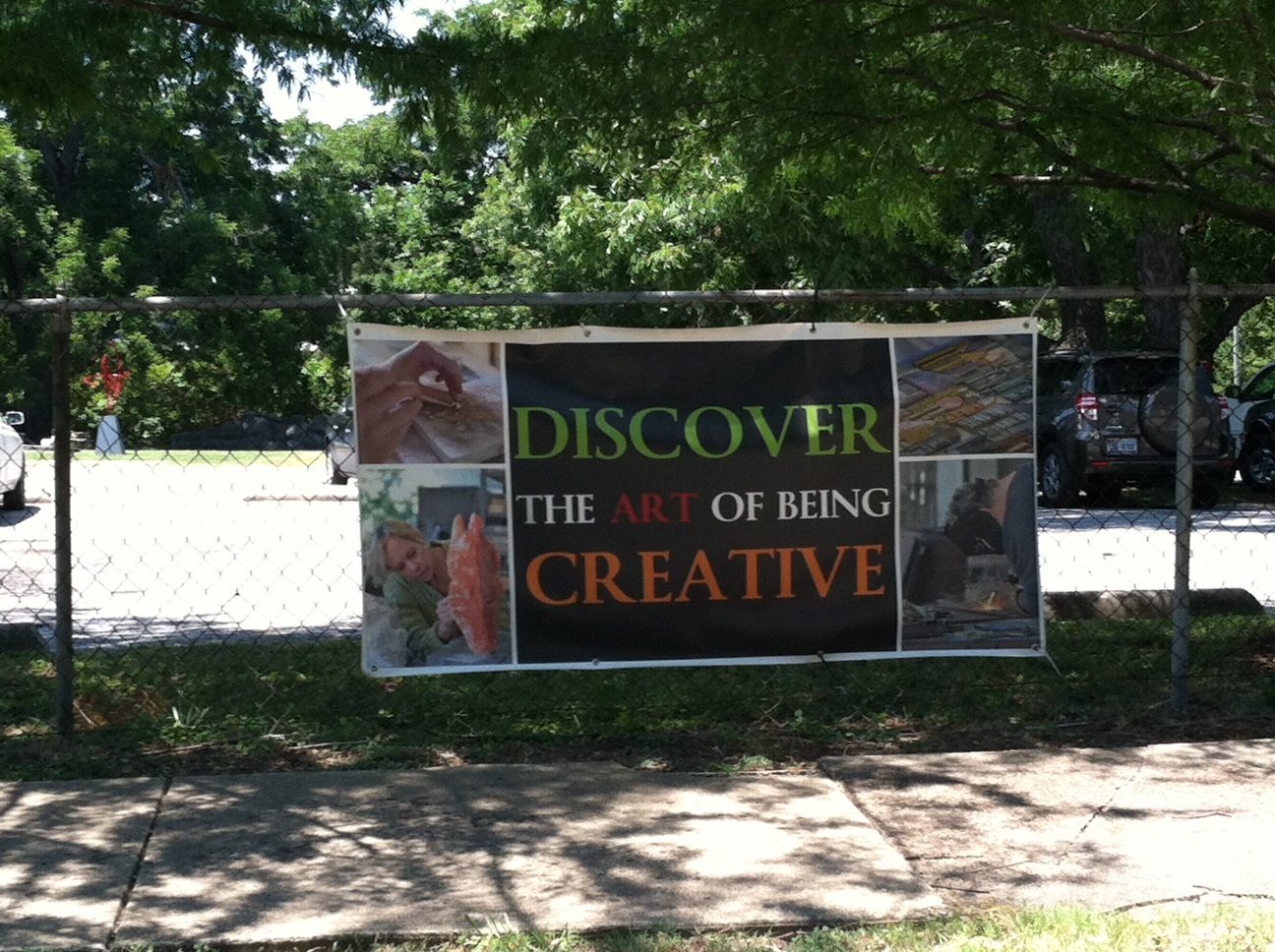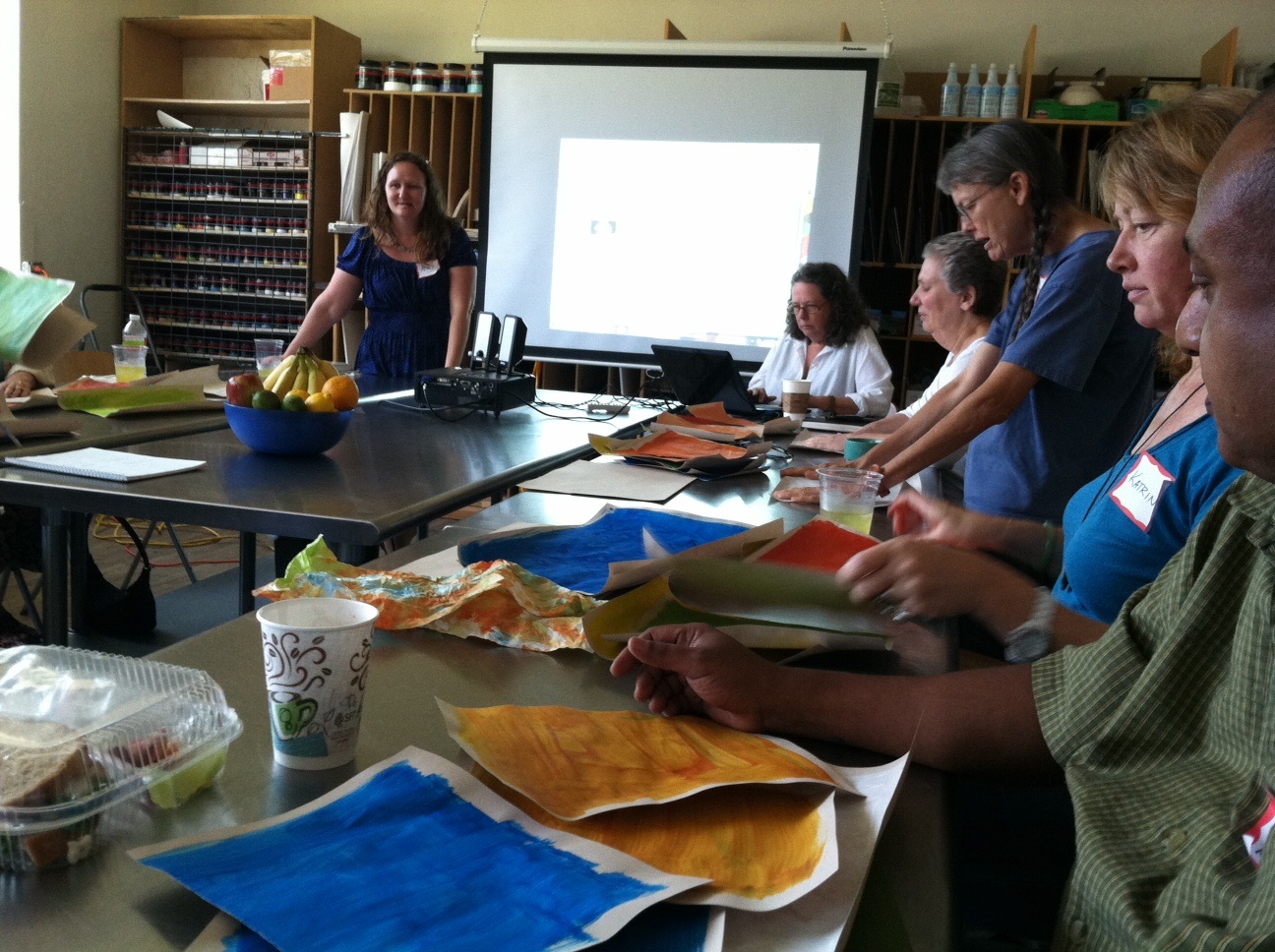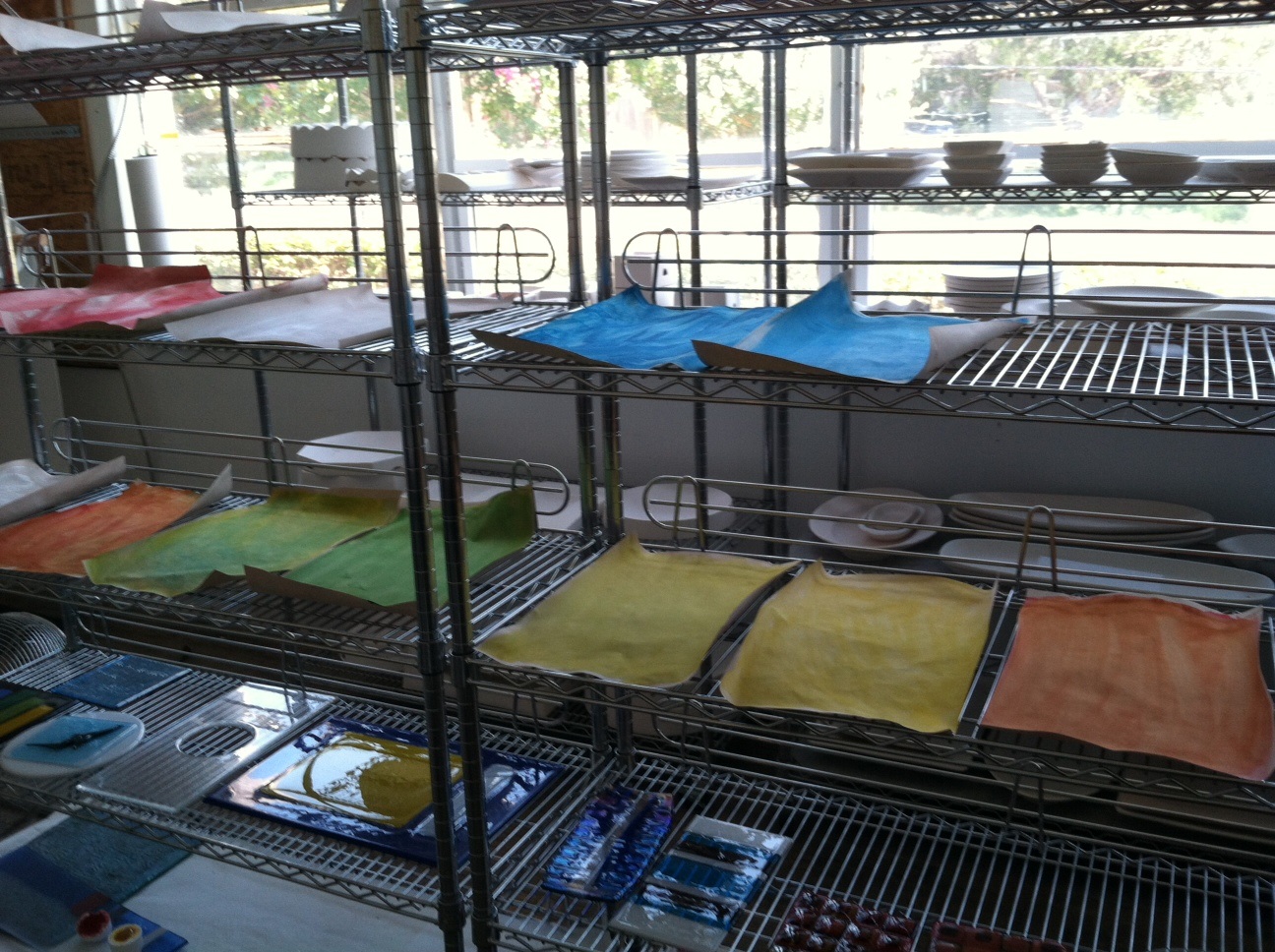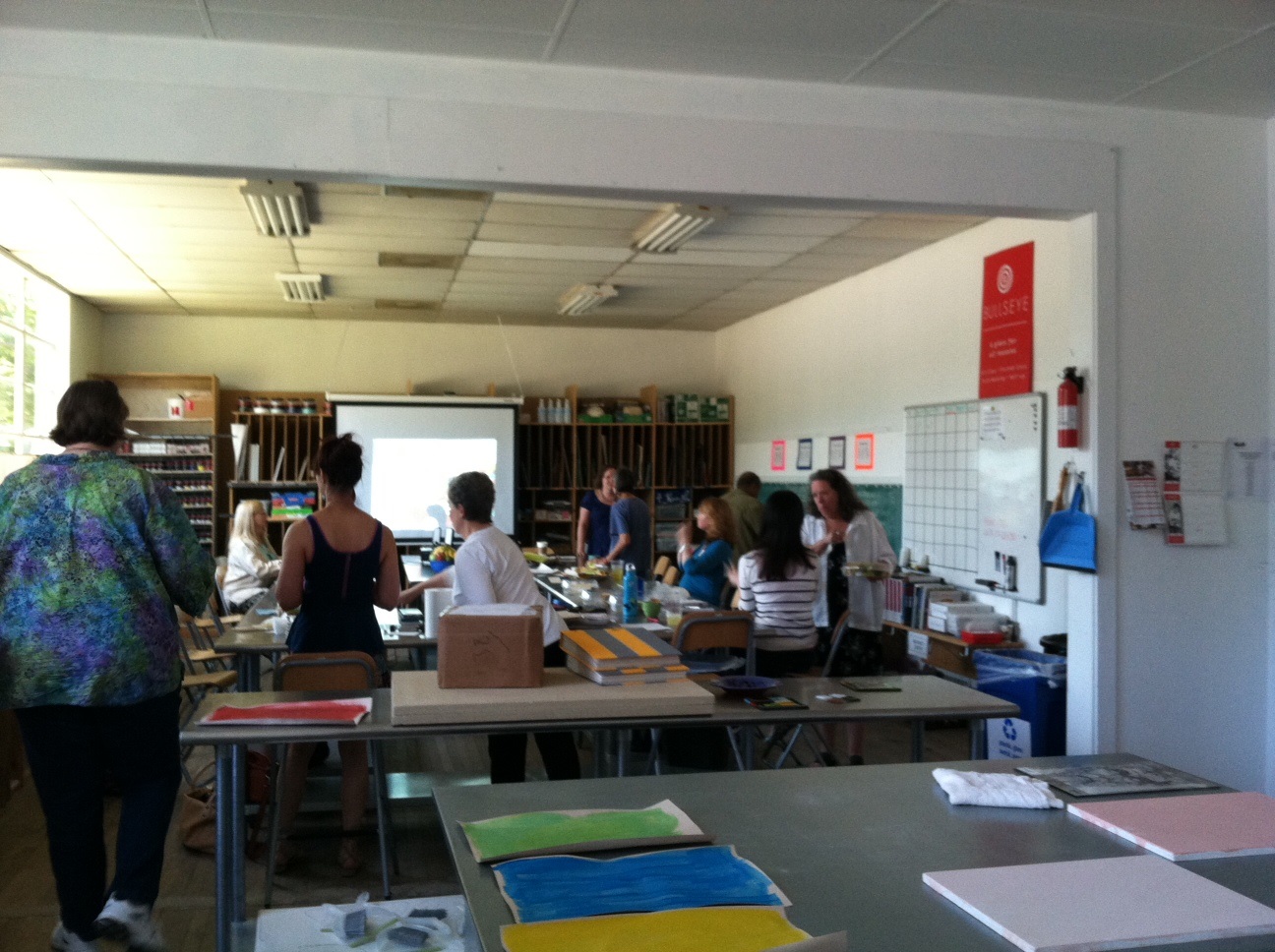As a child, I loved receiving letters. Each time I heard the mailman walk up my front steps, I would anxiously wait for my parents to empty the mailbox. As they rifled through bills, I prayed that there would be something with my name on it, whether it be a postcard, magazine, or even a piece of junk mail. Mail was magical to me, and I enjoyed thinking about it traveling from a foreign place to my doorstop with my name on it.
Later in life, I revisited mail as an early childhood educator. Through several mail based projects in my toddler classroom, I found that mail was indeed ‘magical’ for children in the way that it connects home, school, and other landmarks in a child’s world, promotes self expression, and creates links to people and places in other parts of the world.
- Arturo’s Magical Mail exchange with preschool students in Western MA
It isn’t surprising that one of the highlights of my internship at the DMA has been responding to letters children write to Arturo, the DMA’s loveable toucan mascot. When children visit Arturo’s Nest, our hands-on early learning space located in C3, they are invited to write a letter and leave it in Arturo’s mailbox. Over the past six months, I have thoroughly enjoyed receiving these letters, which feature drawings and share excitement about art and experiences at the DMA. Many children are also very curious about Arturo and his nest and ask questions that require me to come up with some creative responses. I’ve included a few of my favorite questions to Arturo below.
Dear Arturo,
Who made this place? Wut are you doing this week?
Dear Arturo,
I love art Where is your bathroom and how do you go?
Dear Arturo,
I play in your nest a lot and your babies don’t come out of your eggs. Are the babies coming?
As I responded to these letters, I loved imagining the excitement as children discovered a response from Arturo in their mailbox. I decided to share this excitement with children back at home and created a mail exchange between Arturo and the children’s center where I used to work in Massachusetts. As an introduction, I sent my past students (now big preschoolers!) a letter introducing my new friend Arturo. I also included pictures from my trip to Texas, the DMA, and some silly shots of Arturo and I playing in the nest.
- “The children were very excited about receiving mail, especially from their former teacher.”
- “They loved the pictures, especially the map. We talked about where we live and all the states you drove through to get to Texas.”
- “Here is one of the children working with a teacher on her letter to Arturo. She asked about spelling and punctuation. She wanted to know if Arturo is friends with Amelia and if he is her friend, too.”
I was delighted to hear back from the children’s center last week and enjoyed reading the children’s questions. I look forward to continuing the mail exchange with my past students and also visiting with them during my trip home this spring.
Stay tuned for more updates about Arturo’s magical mail!
Amelia Wood
McDermott Intern for Family and Access Teaching
